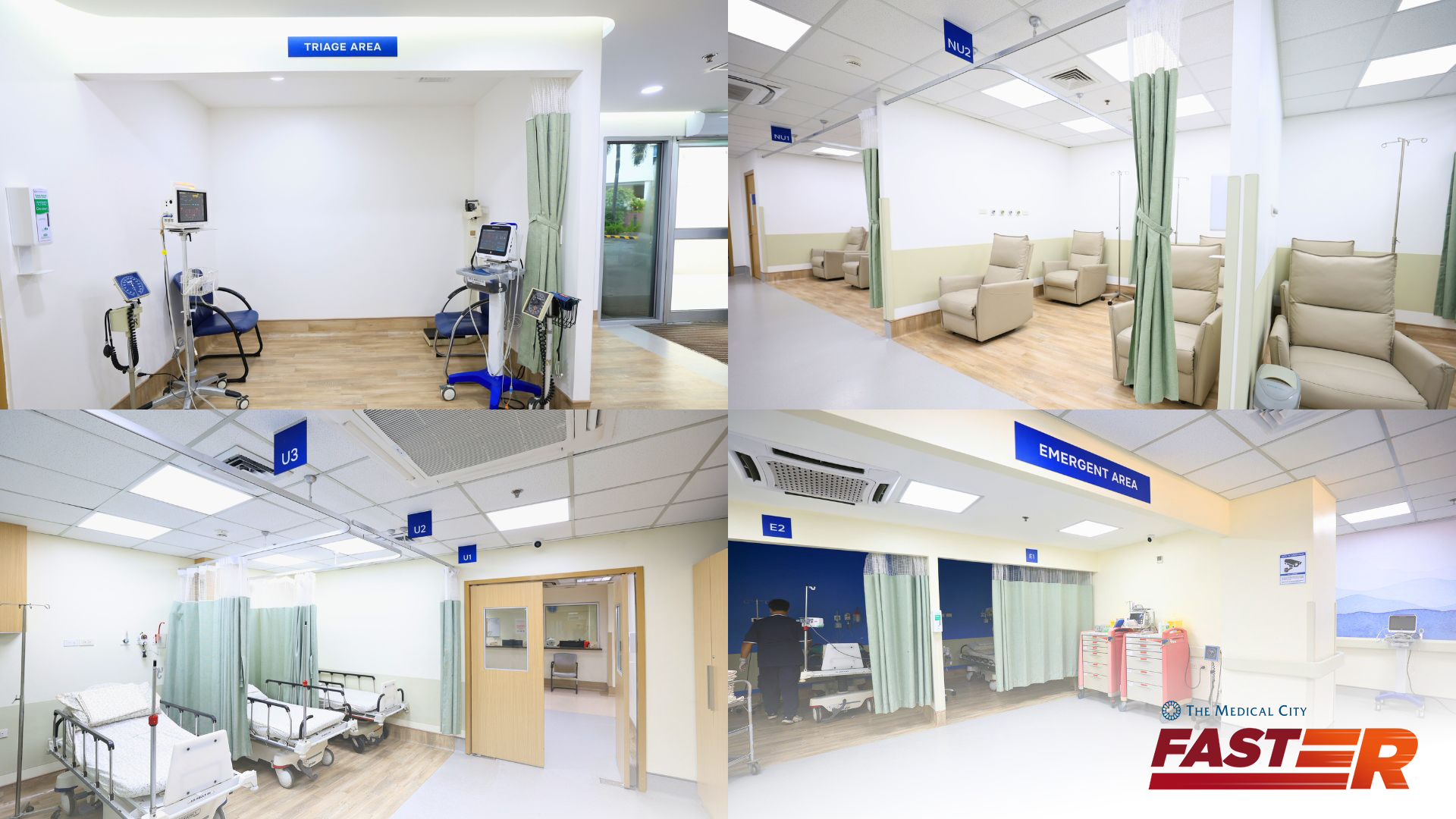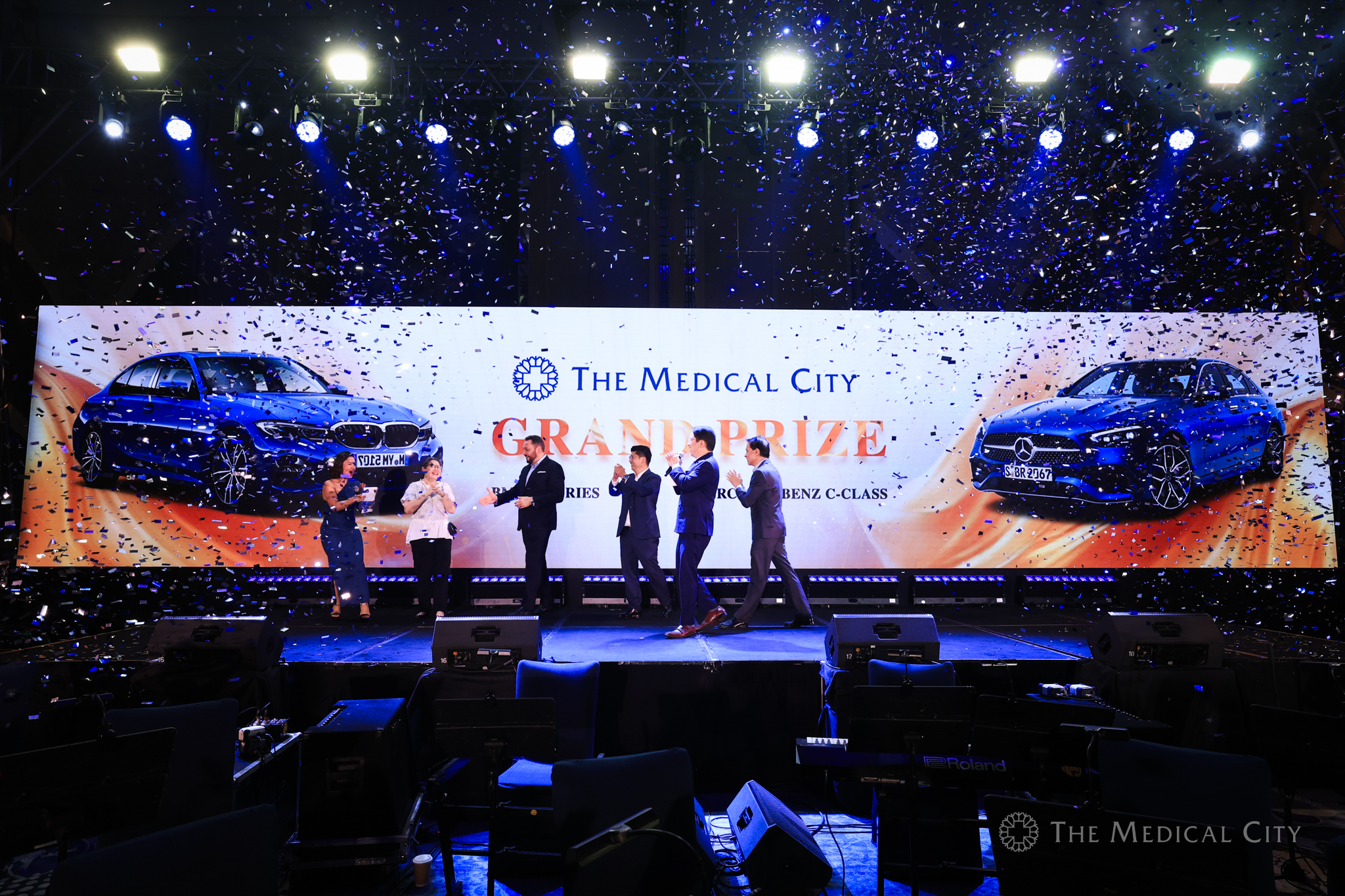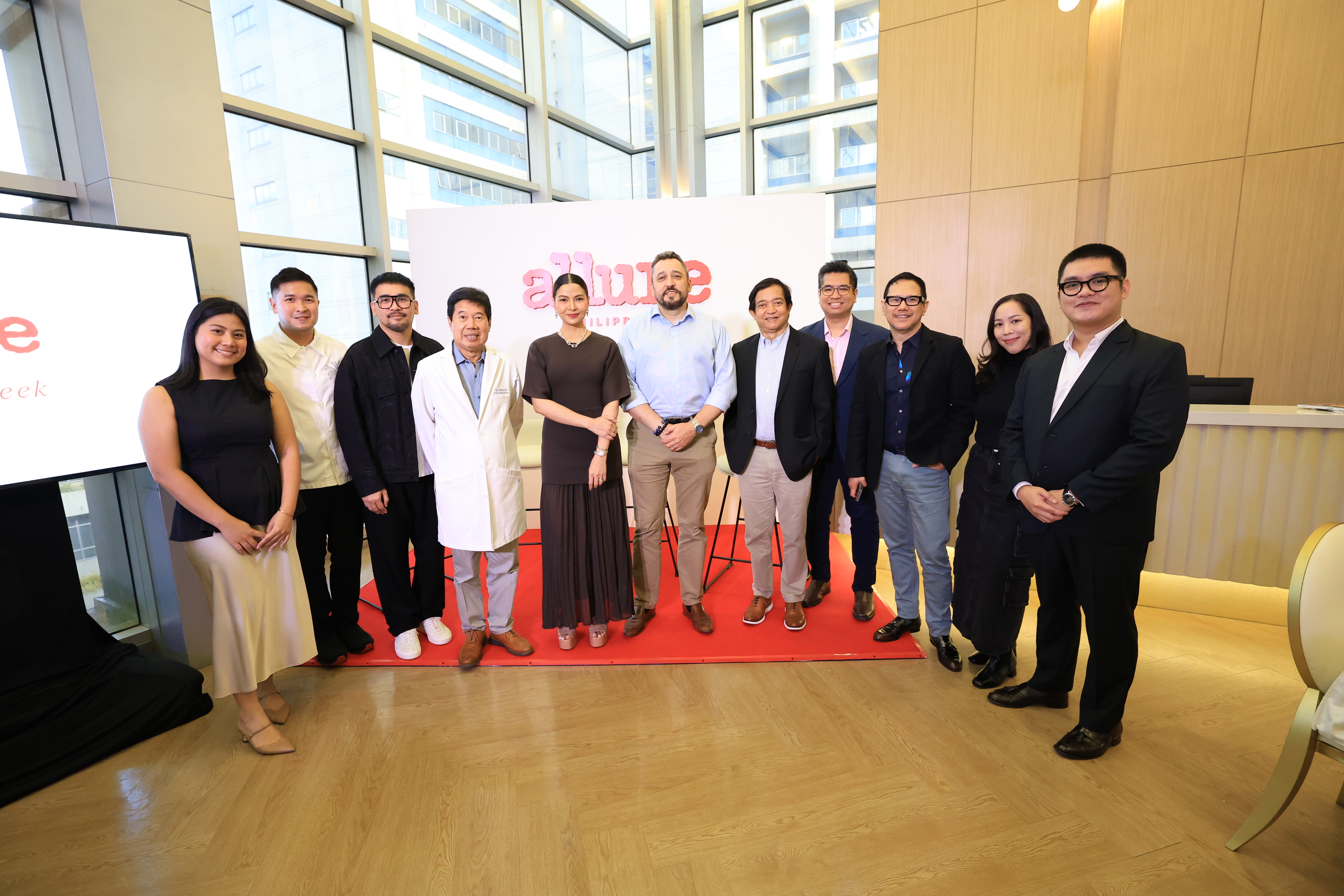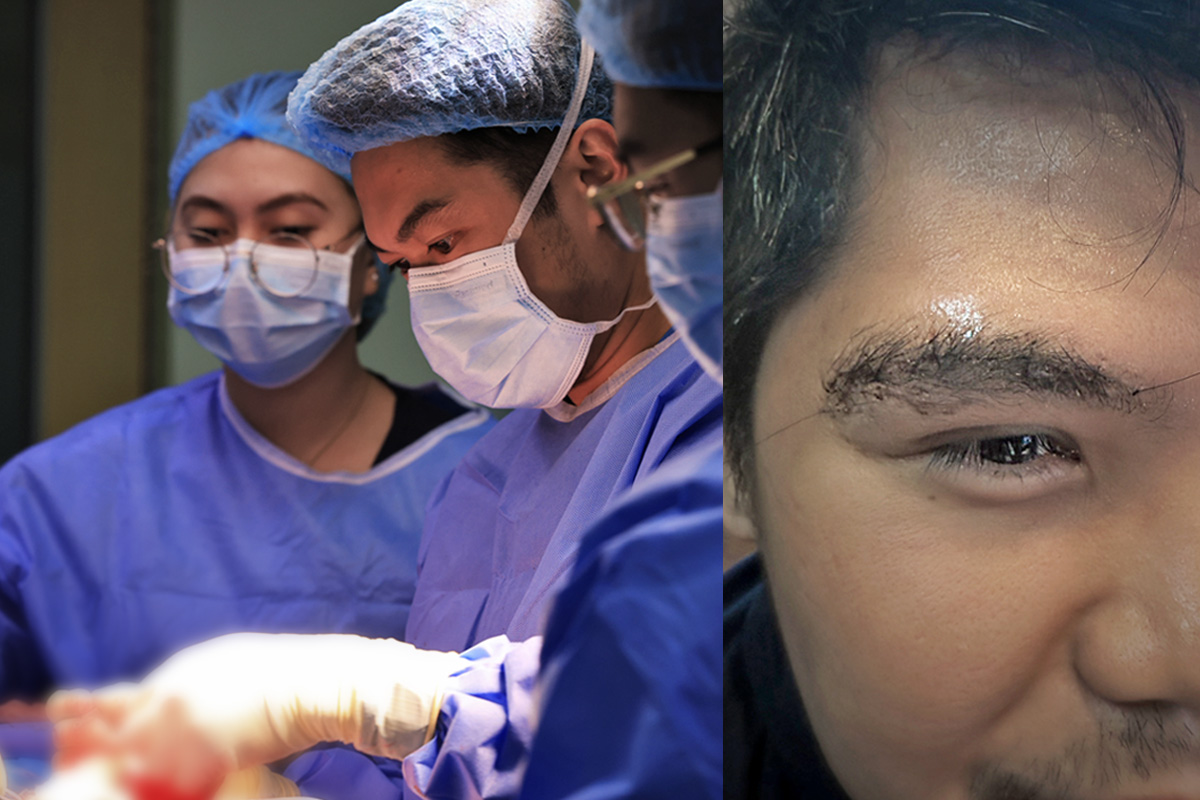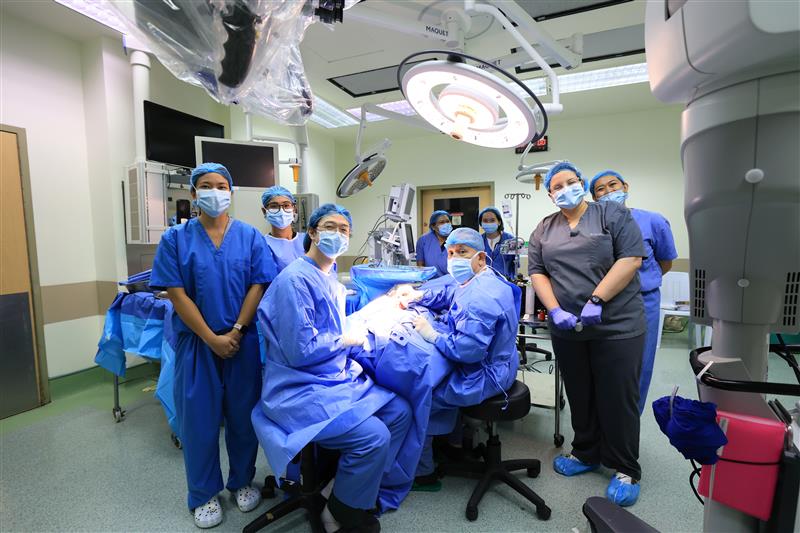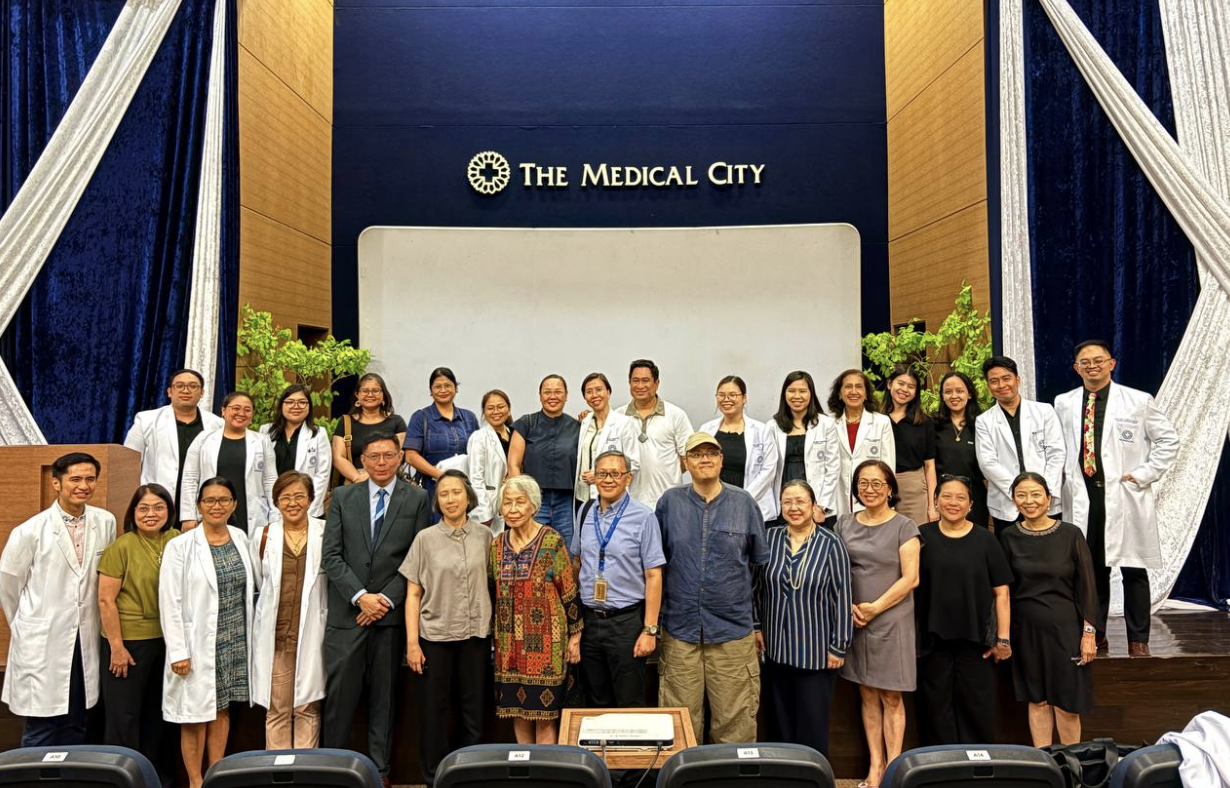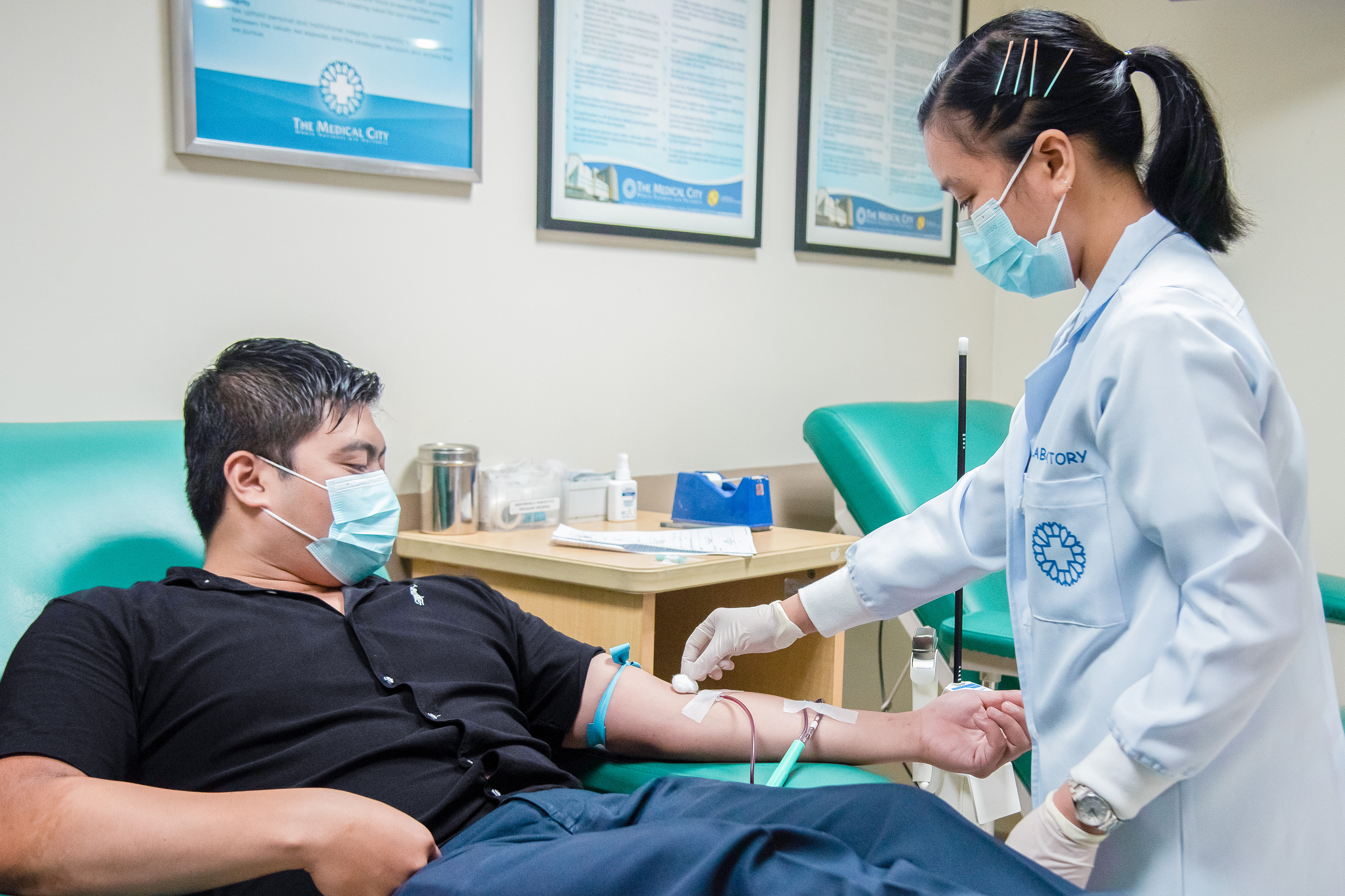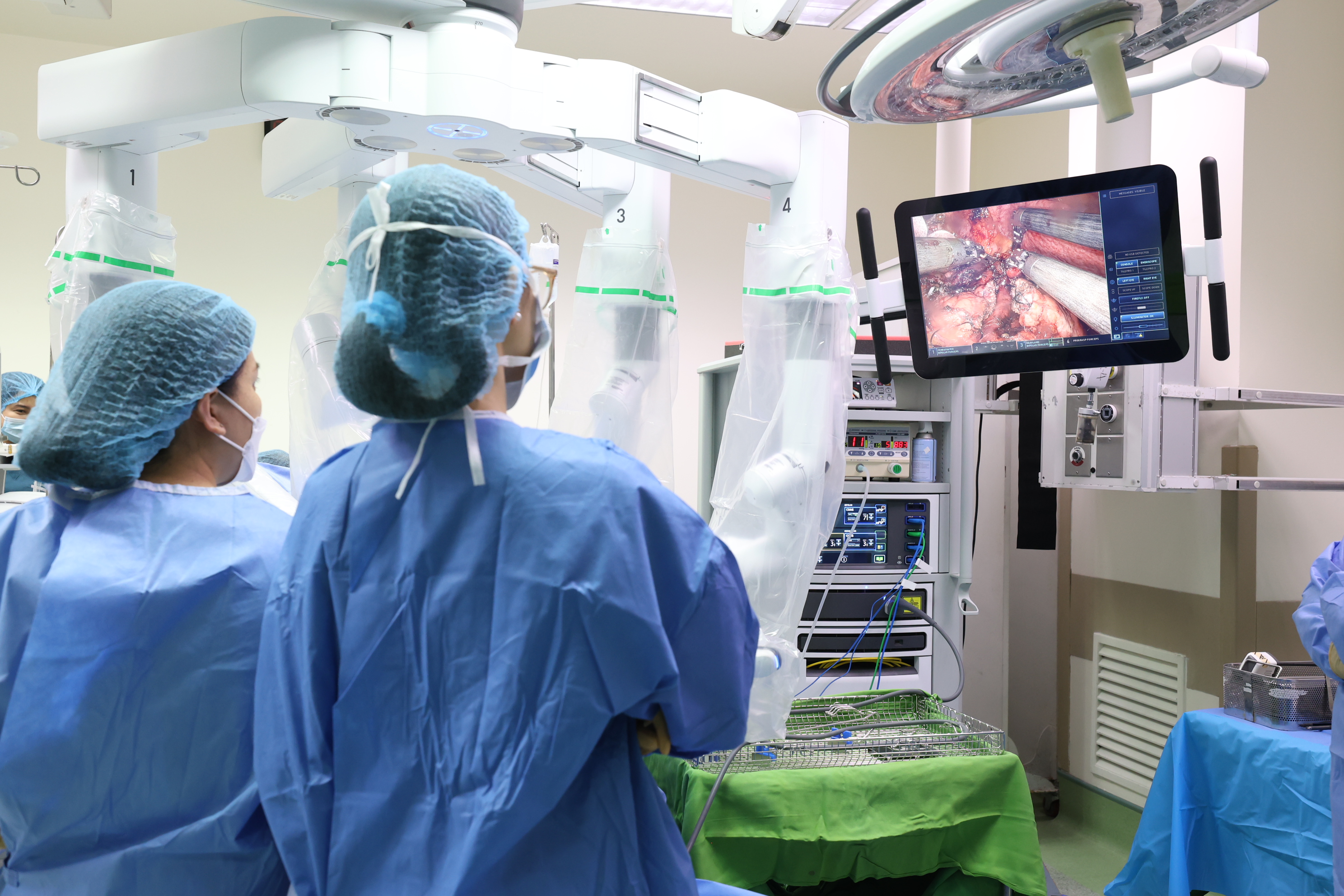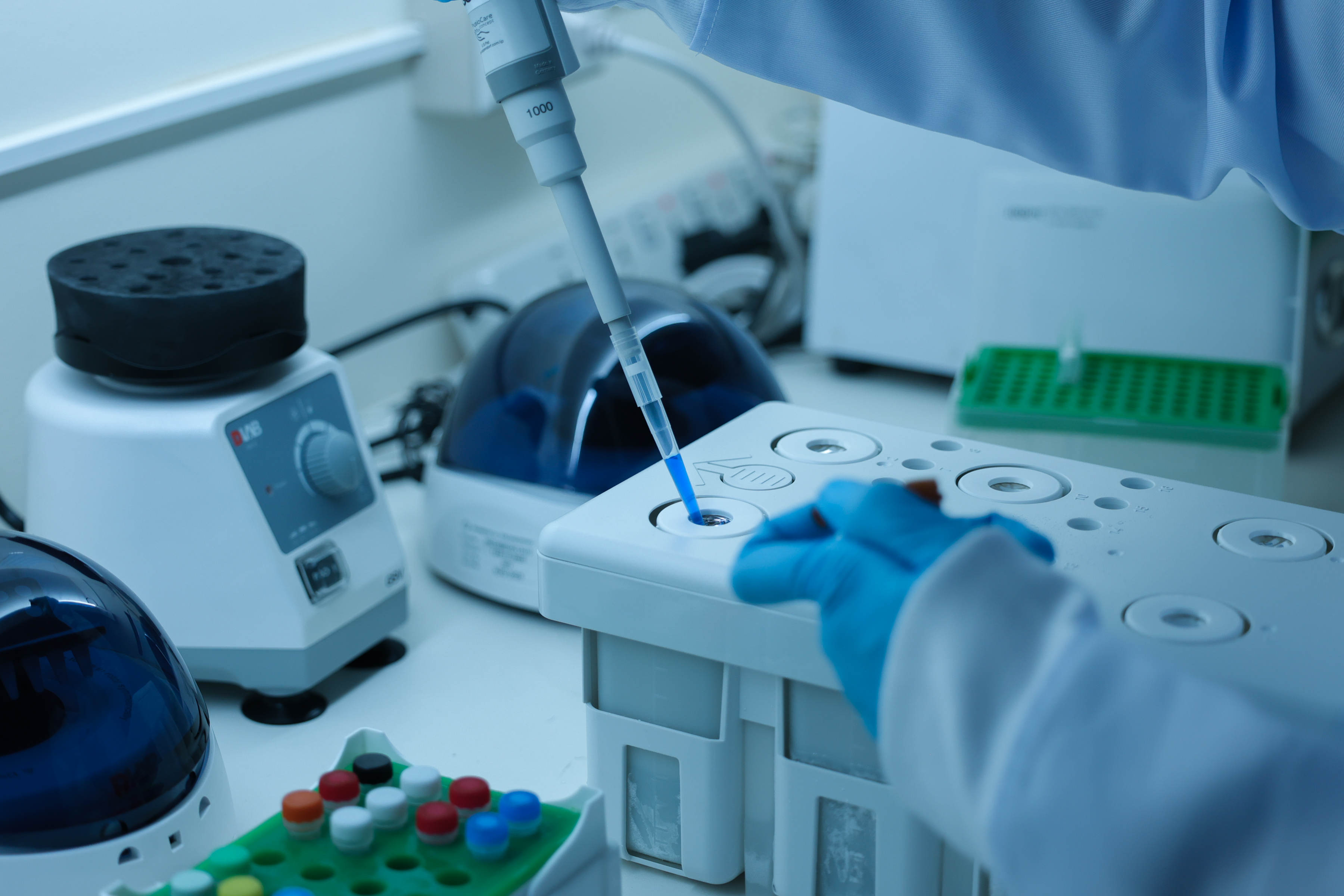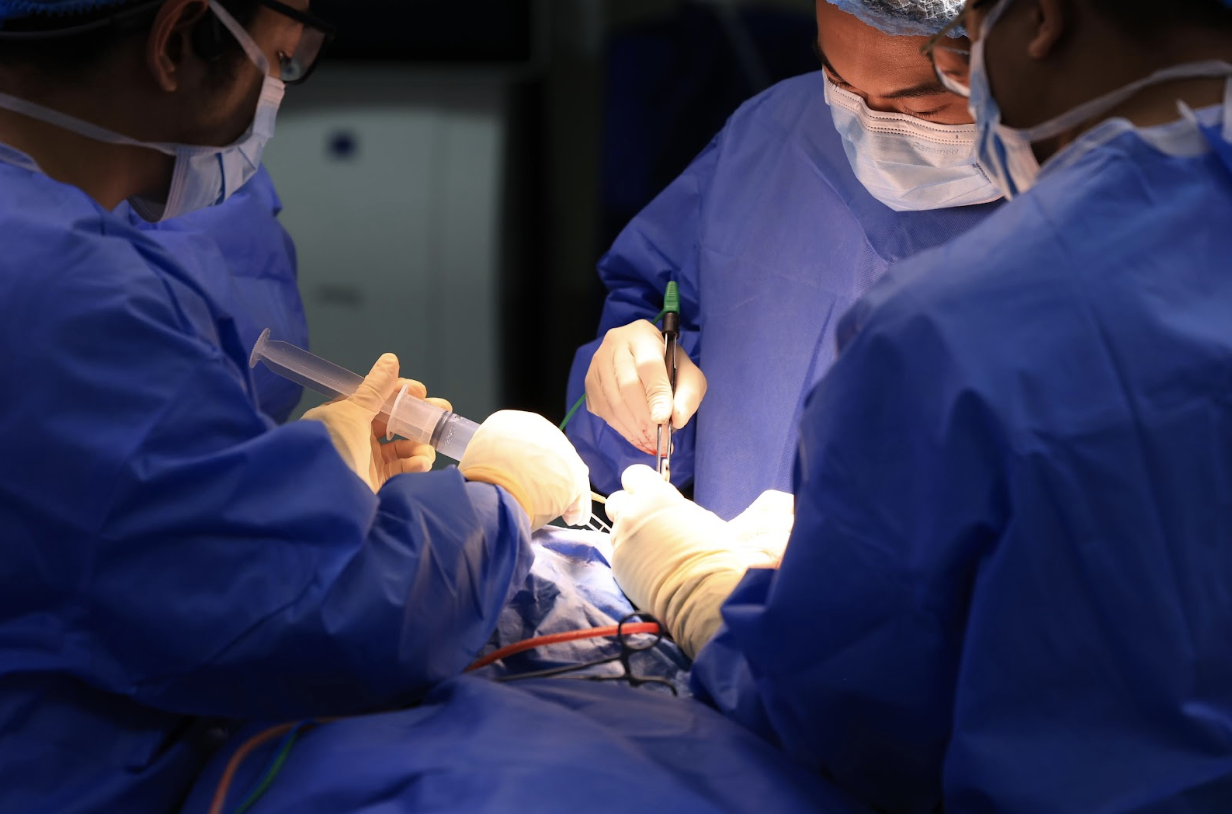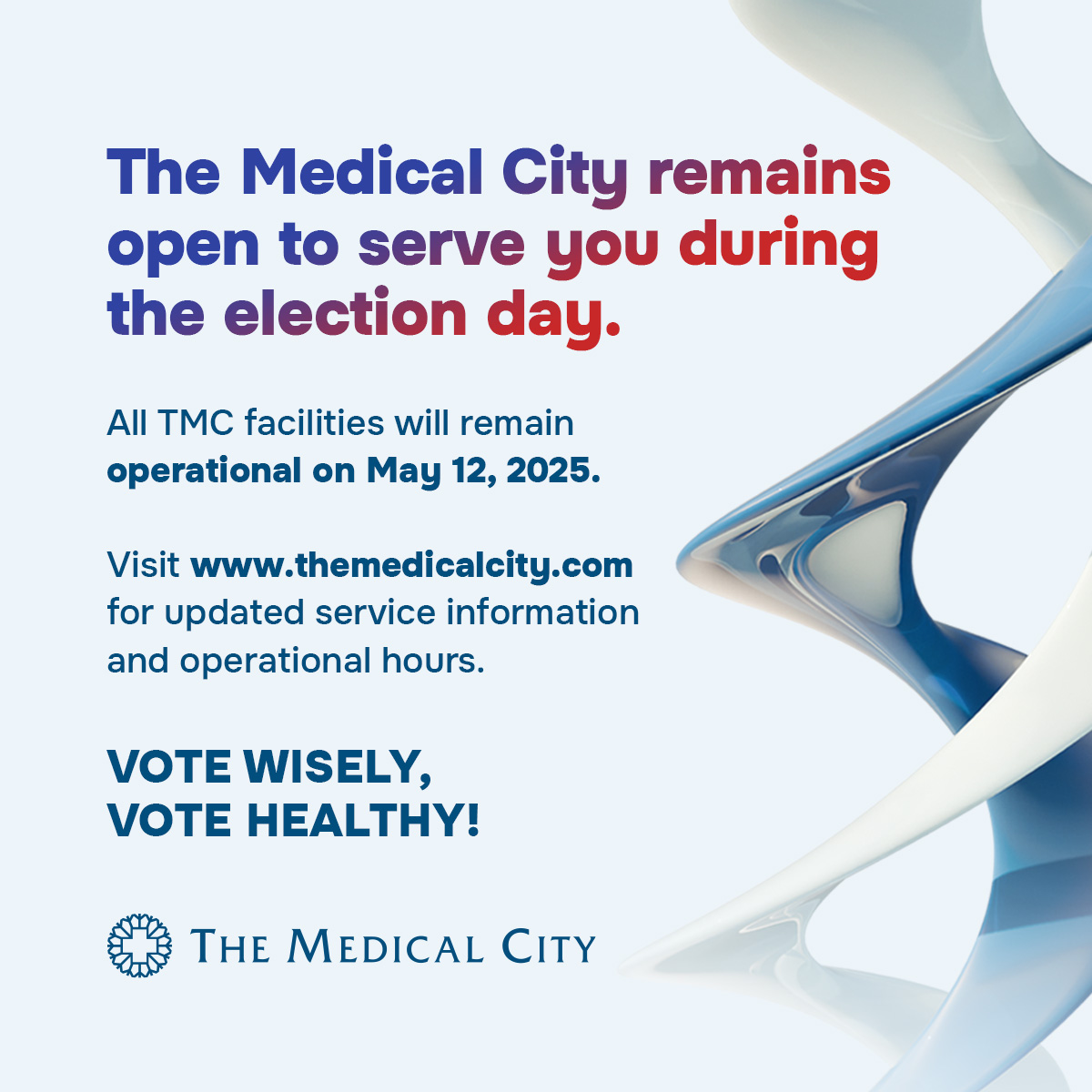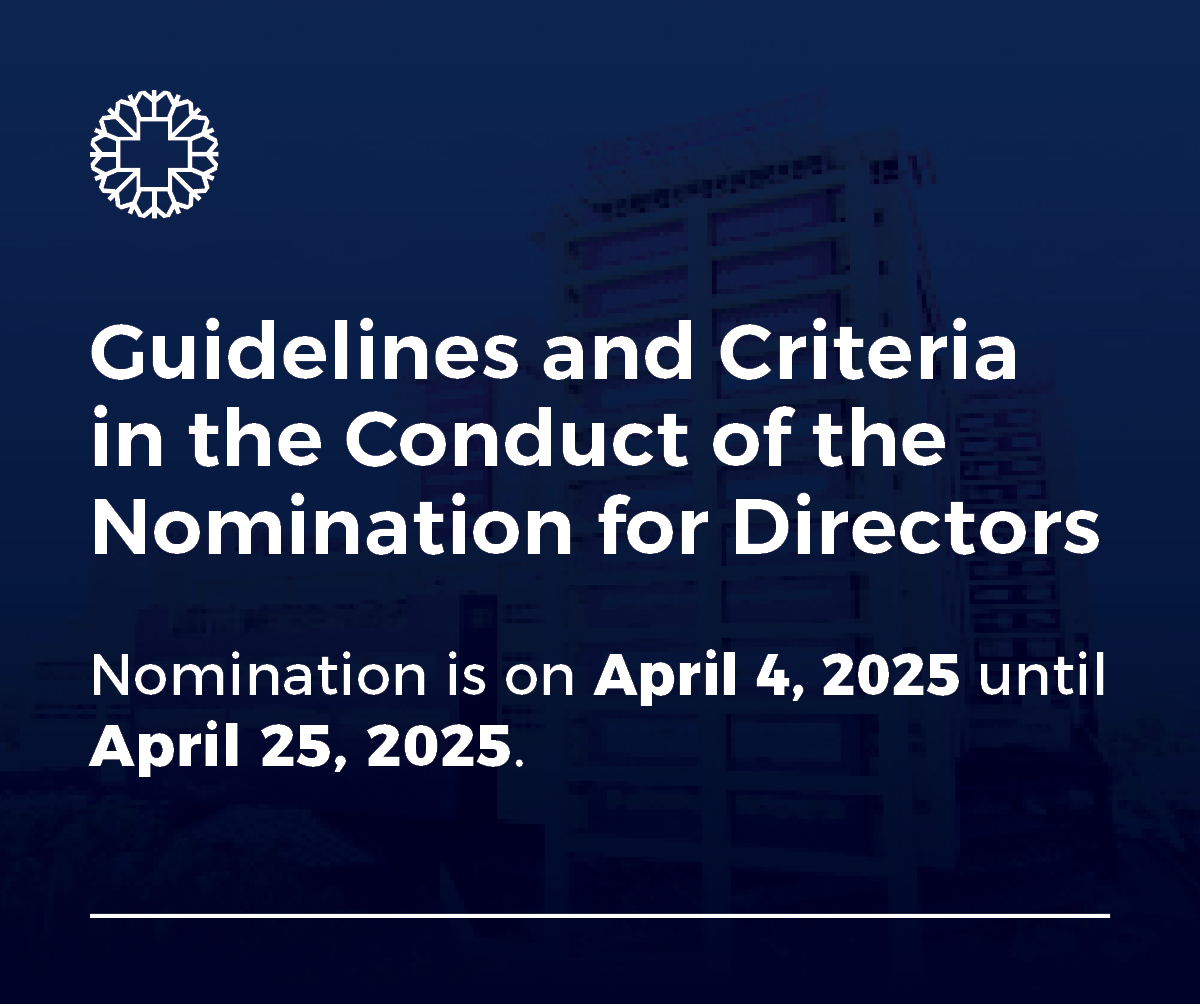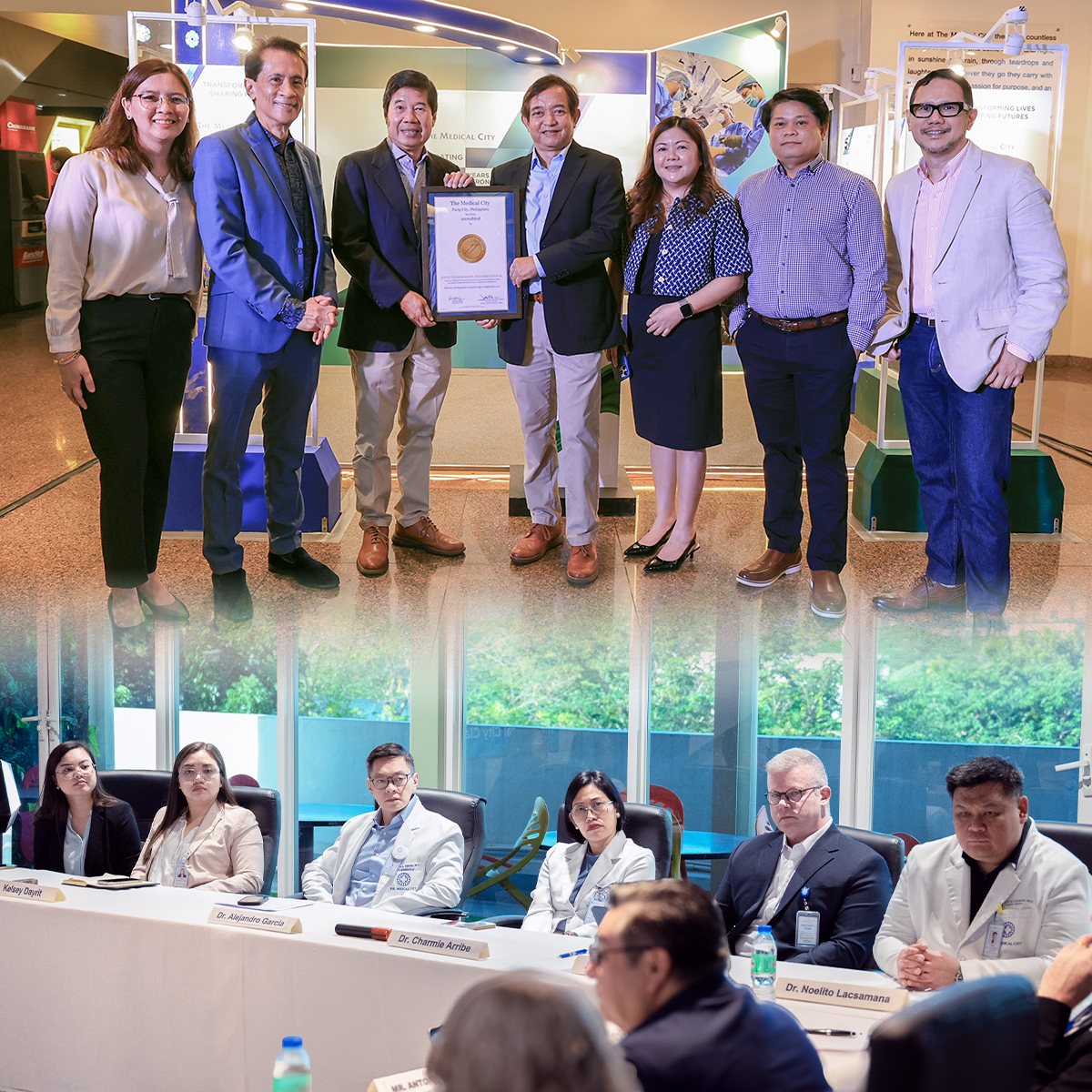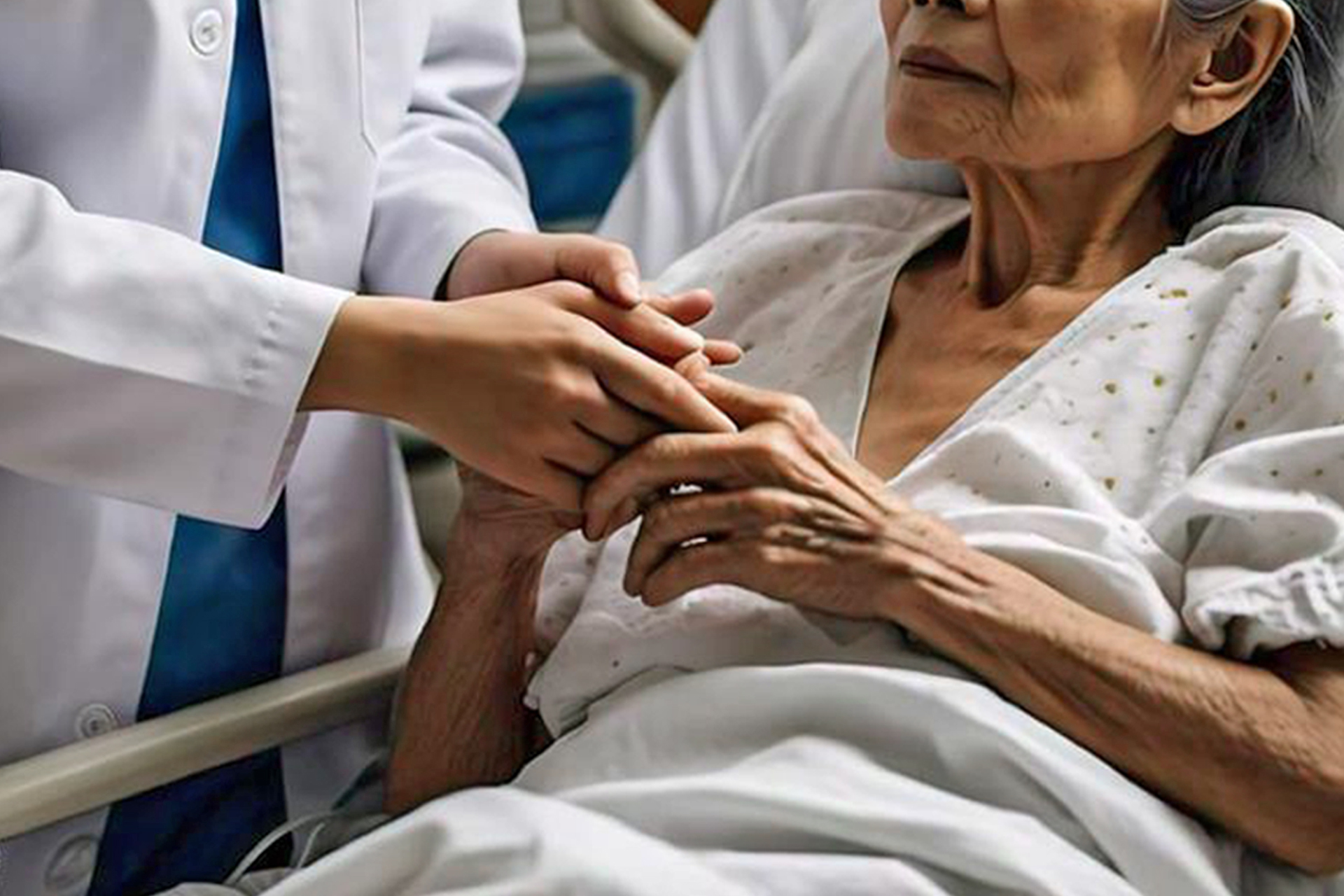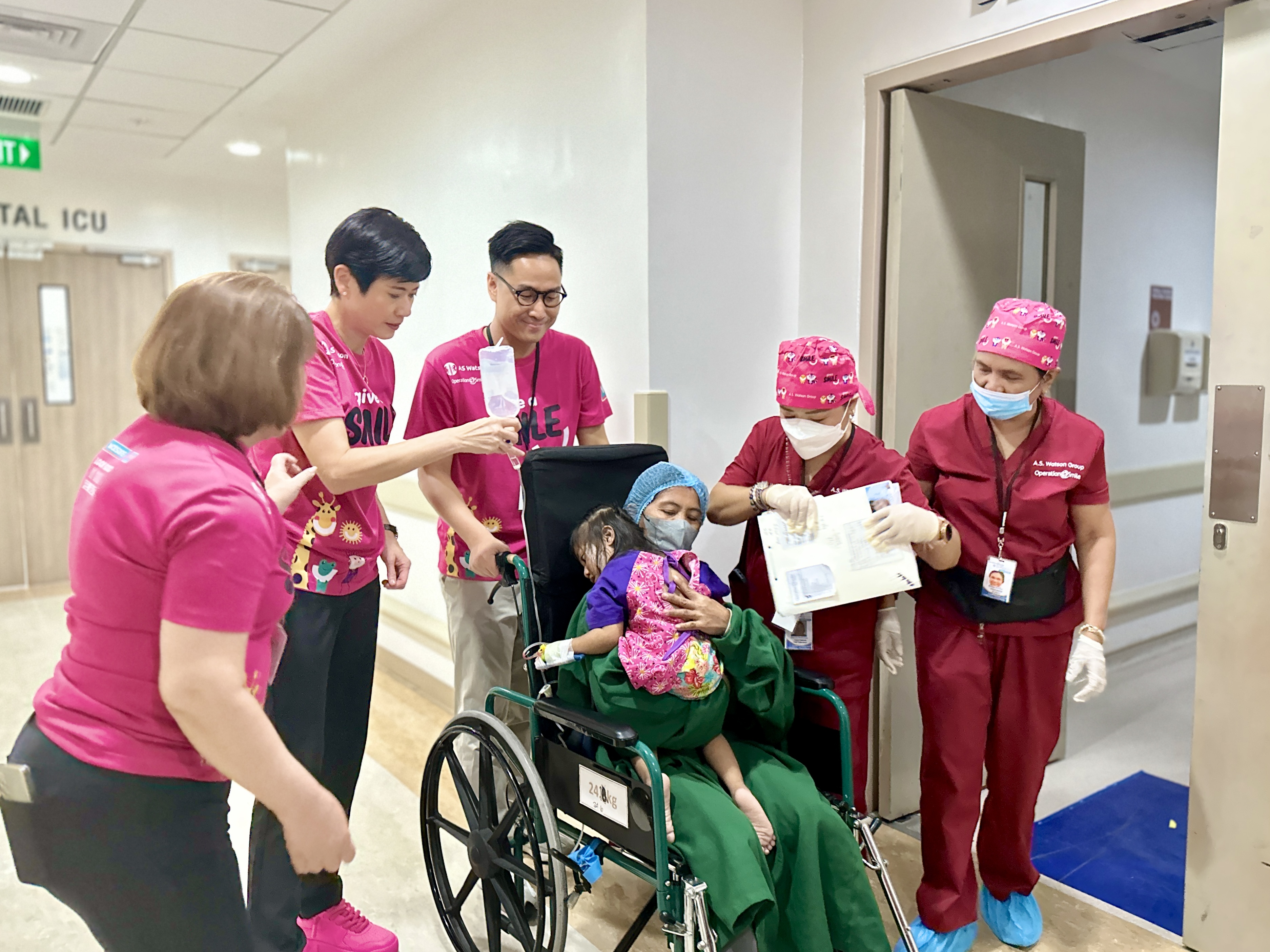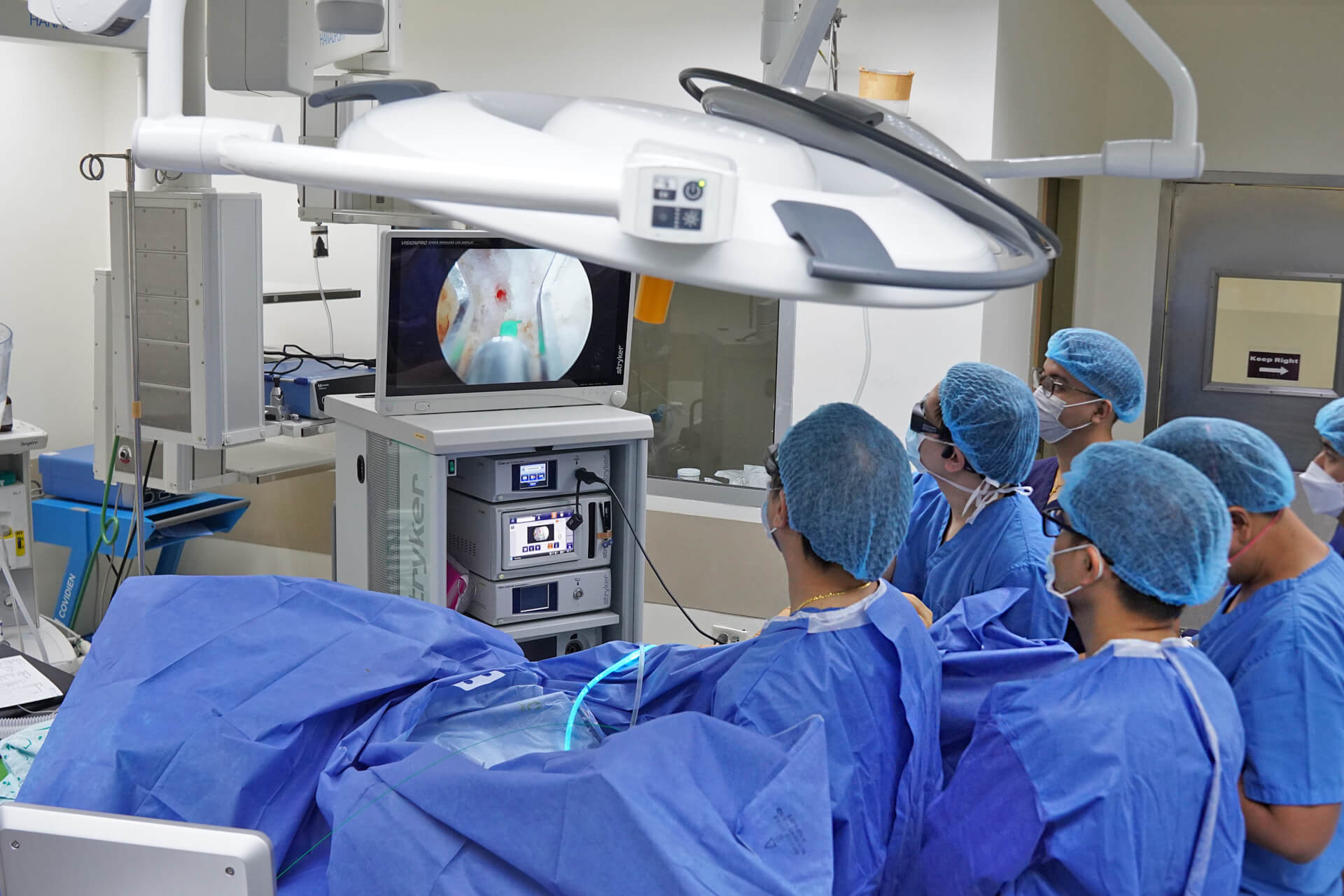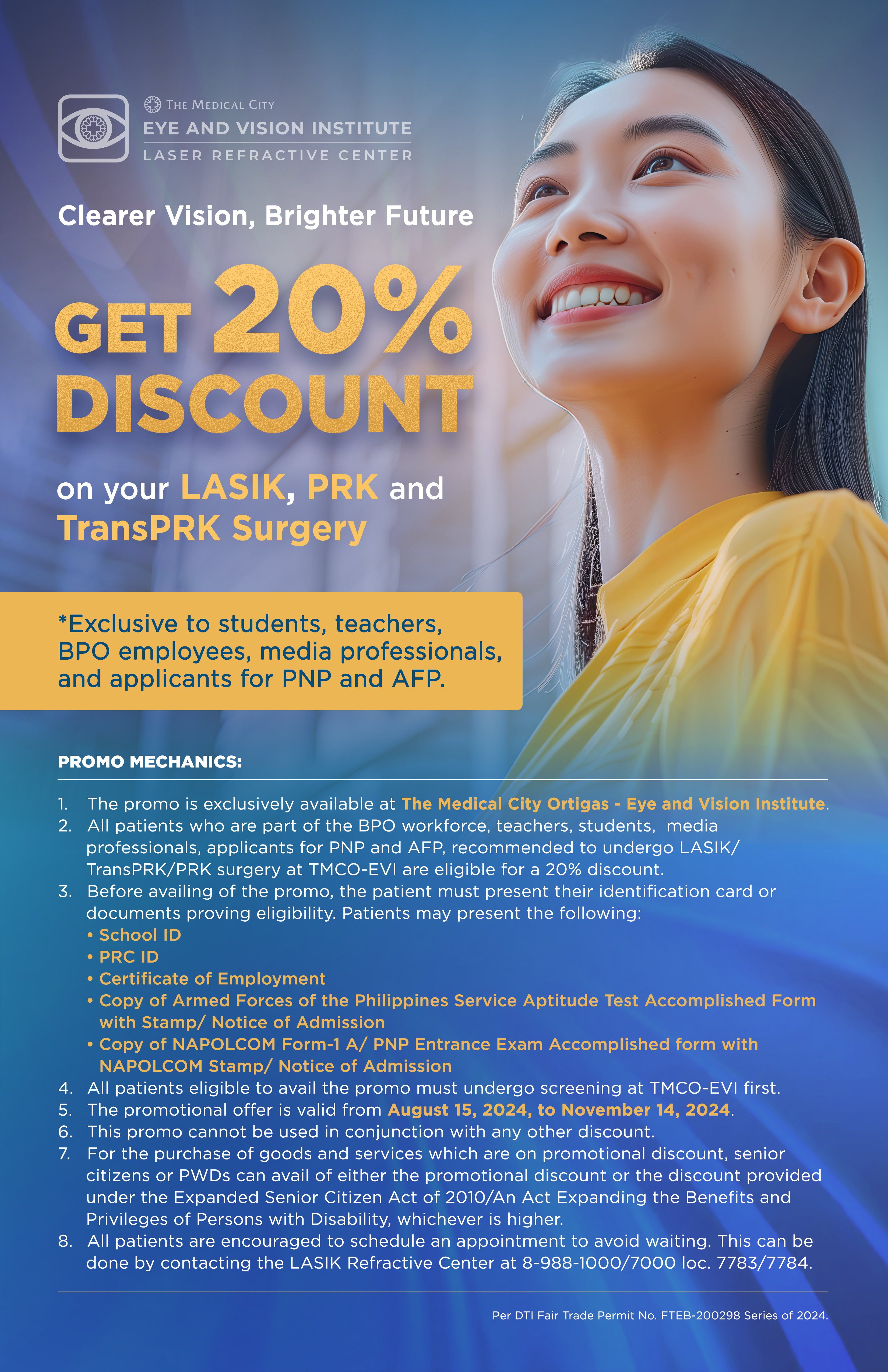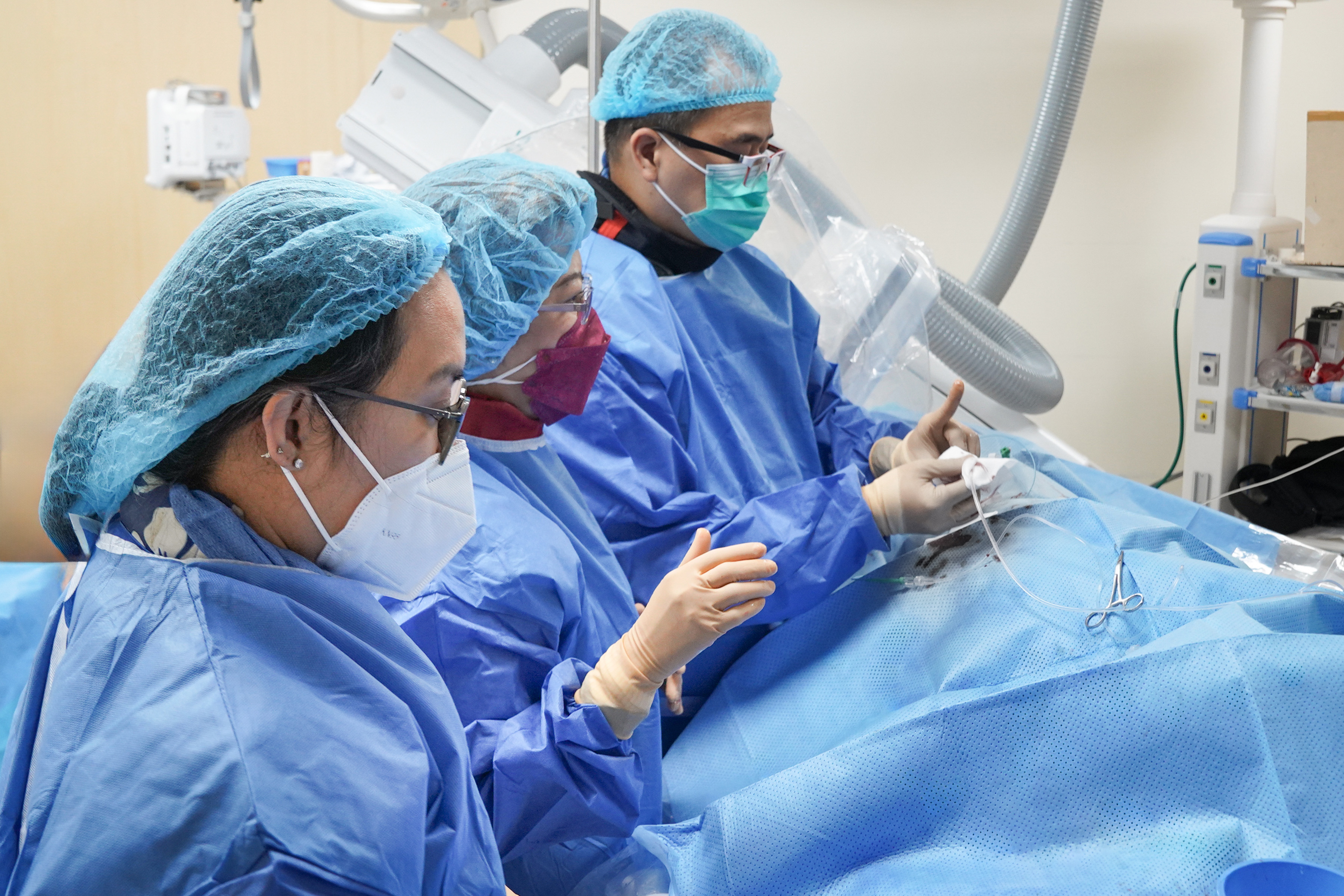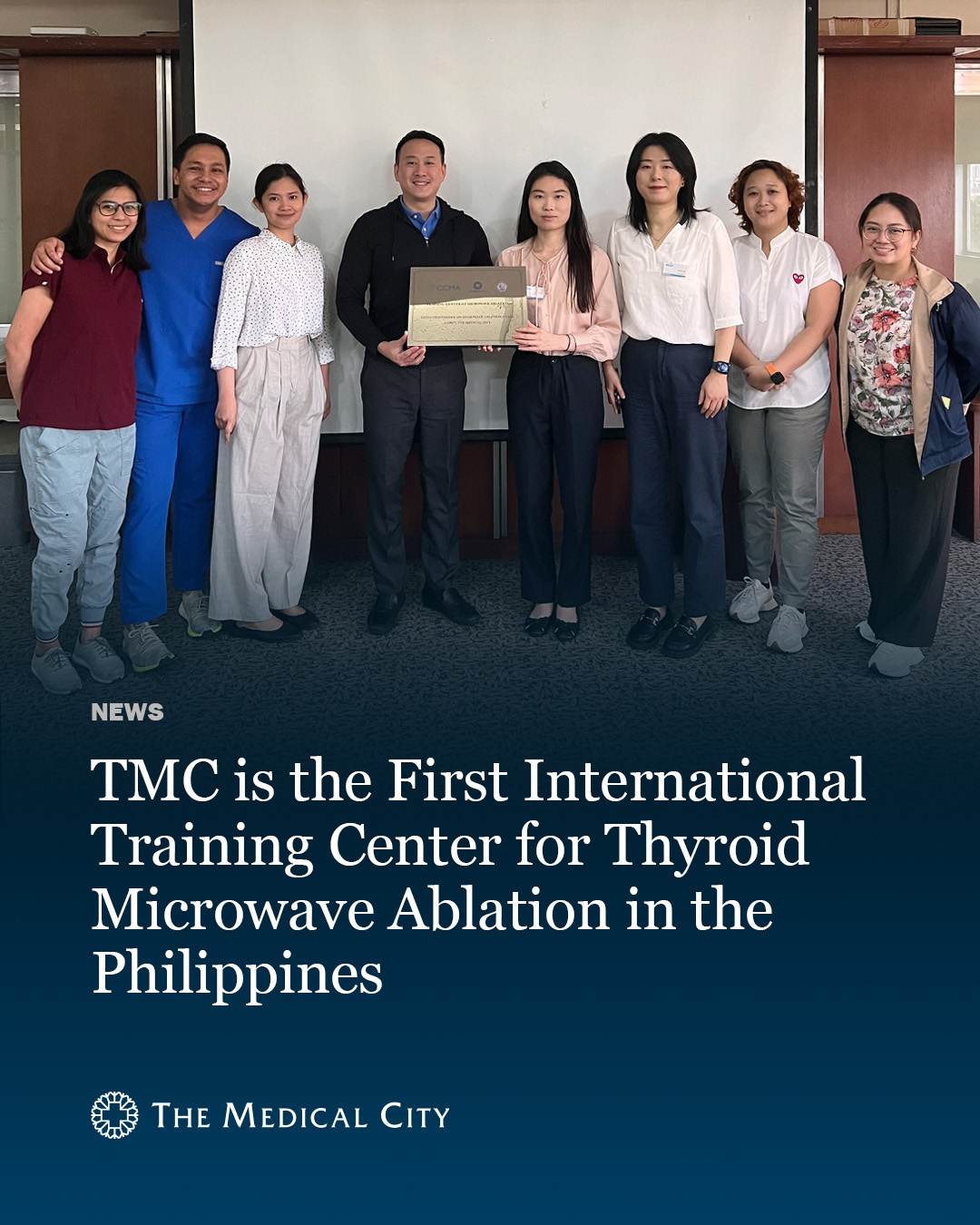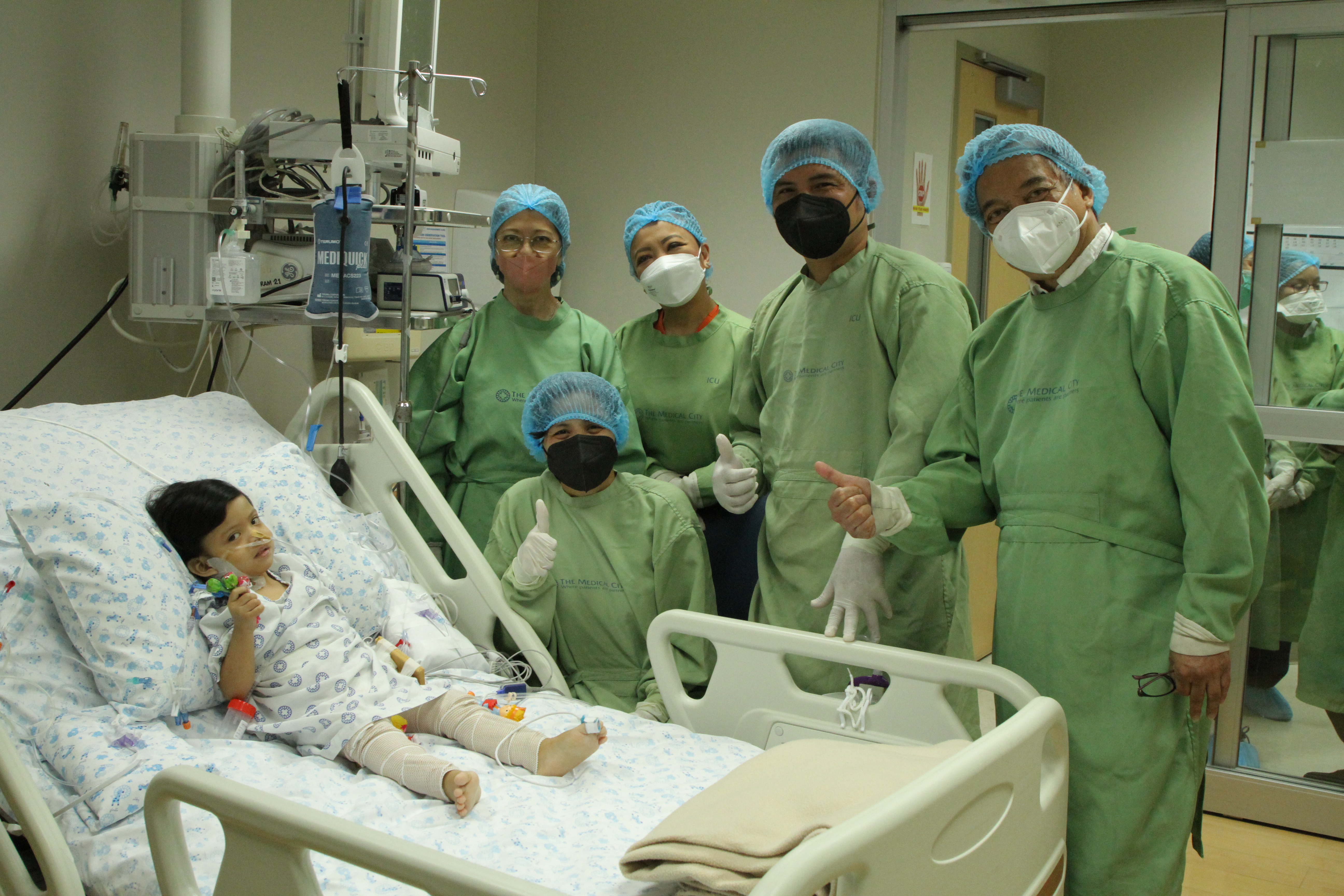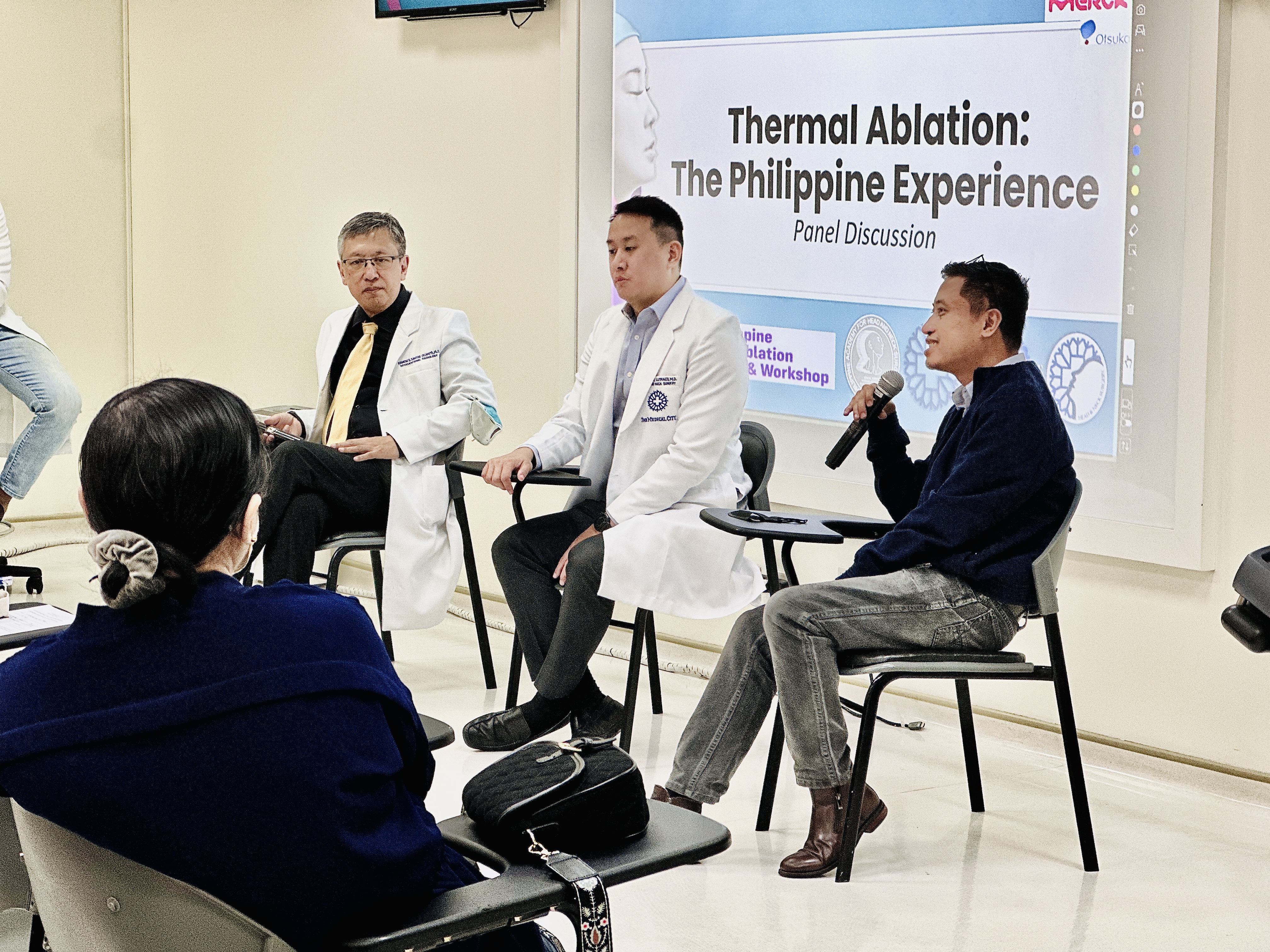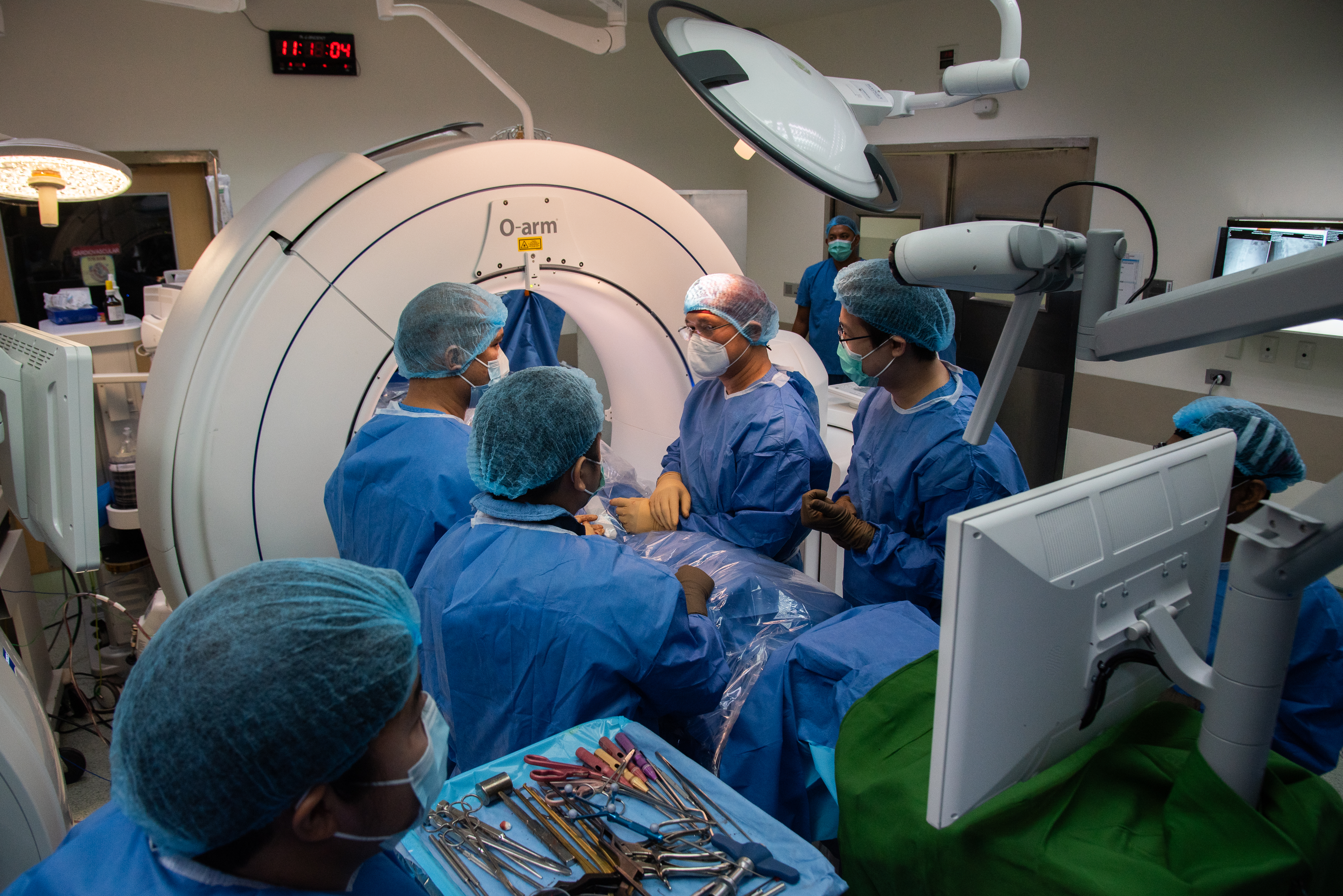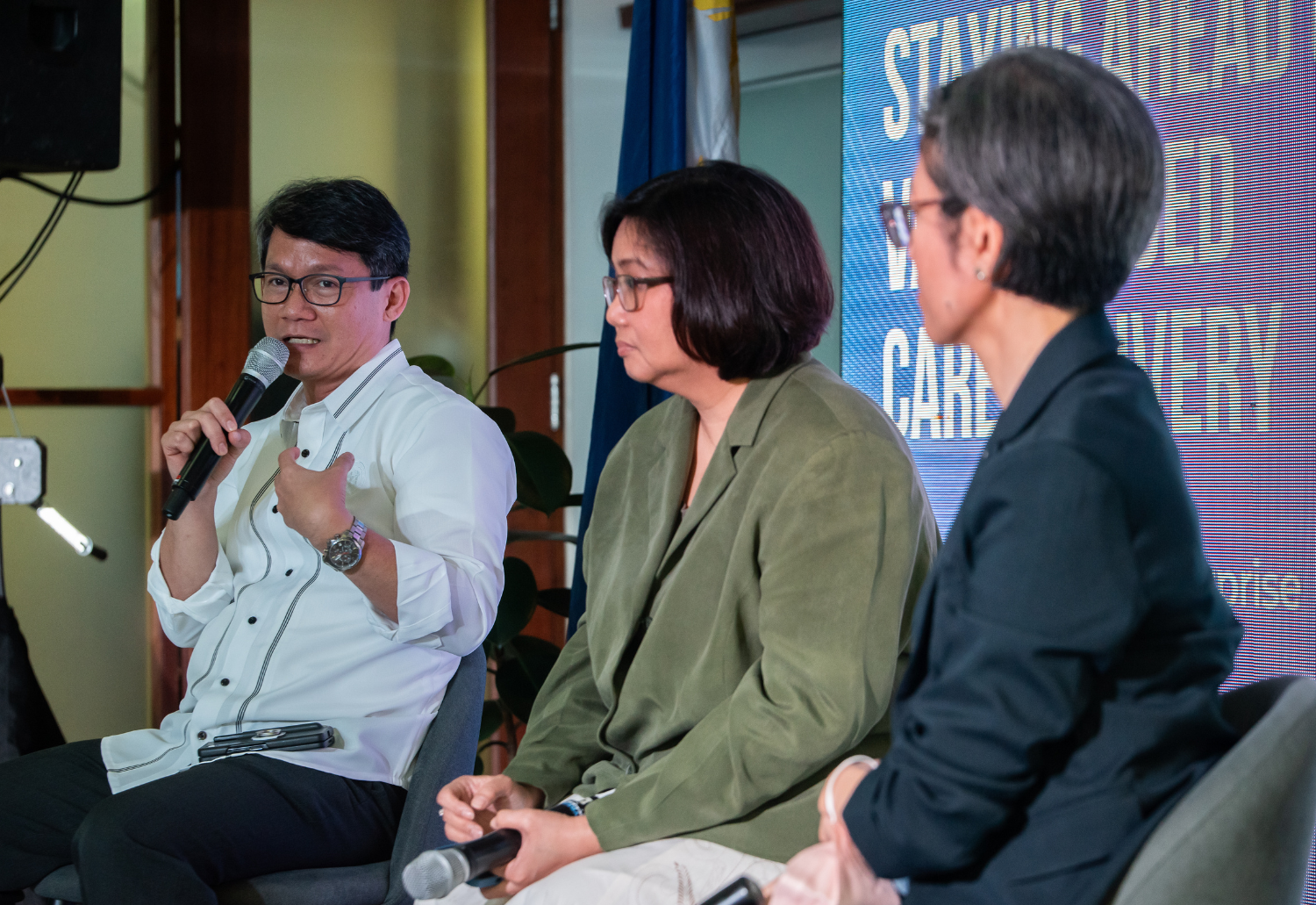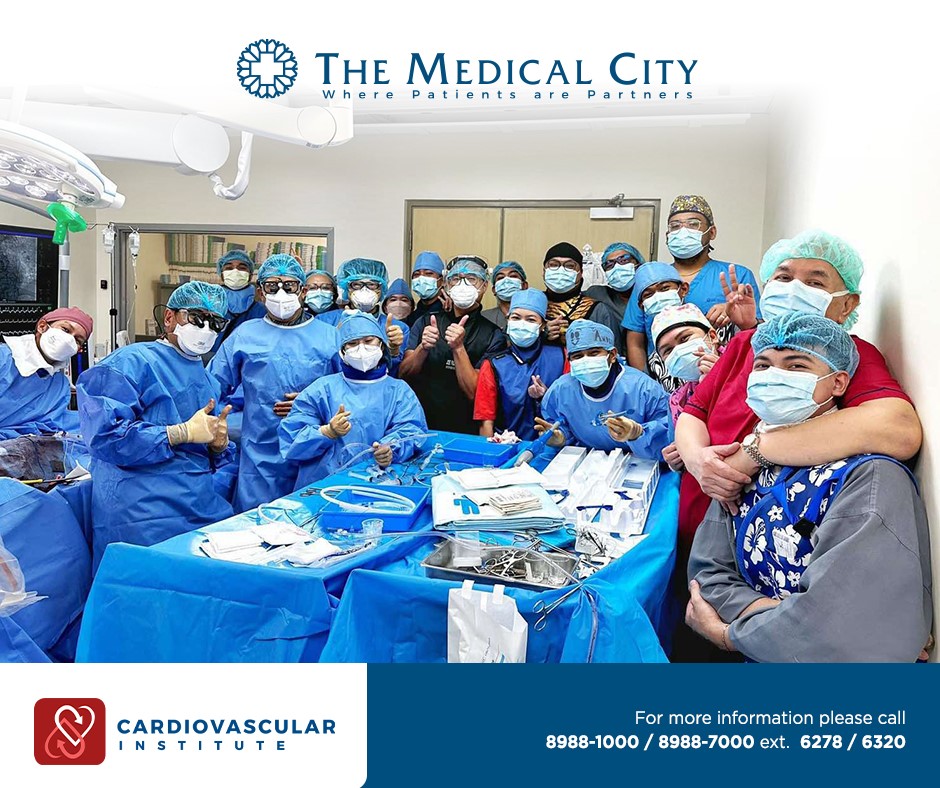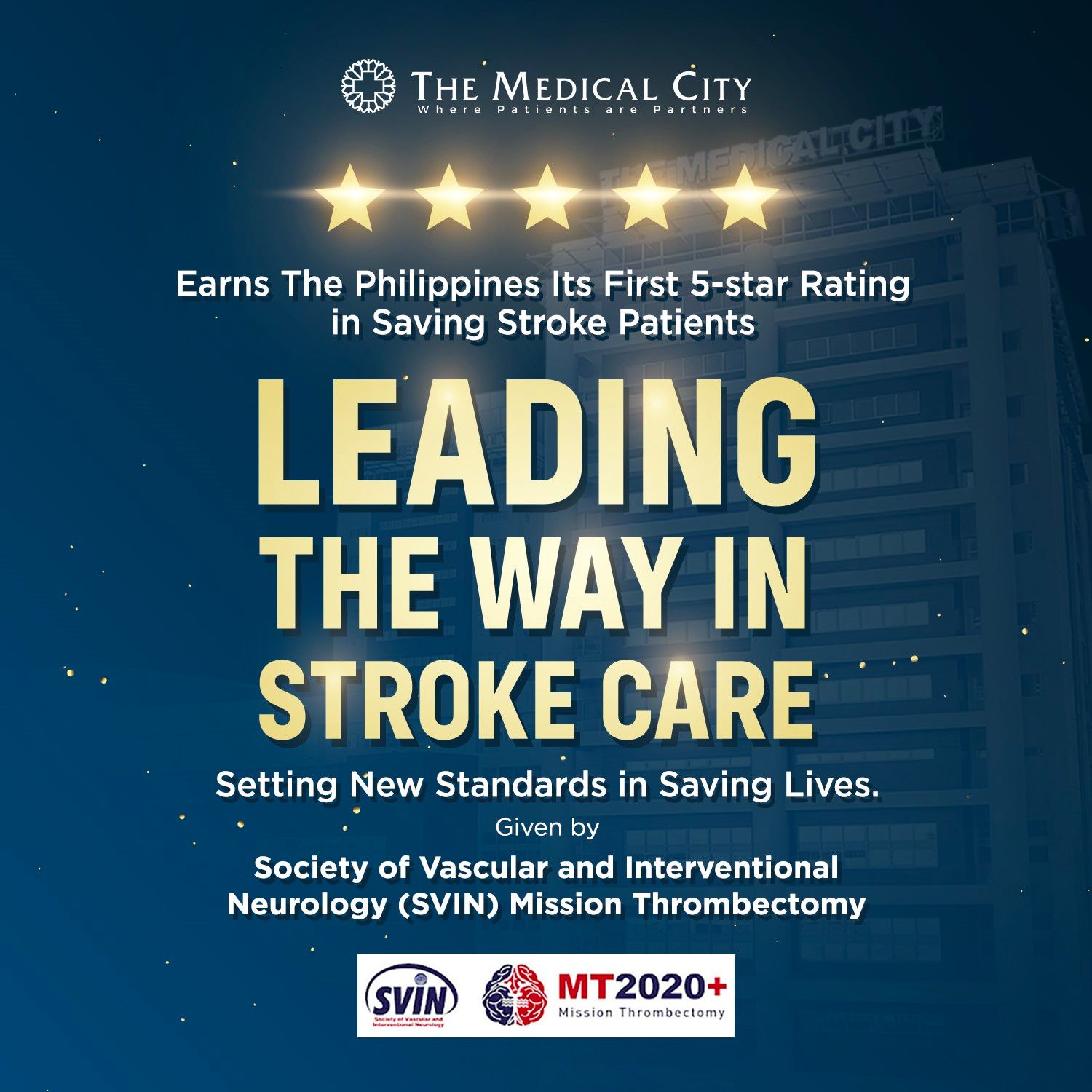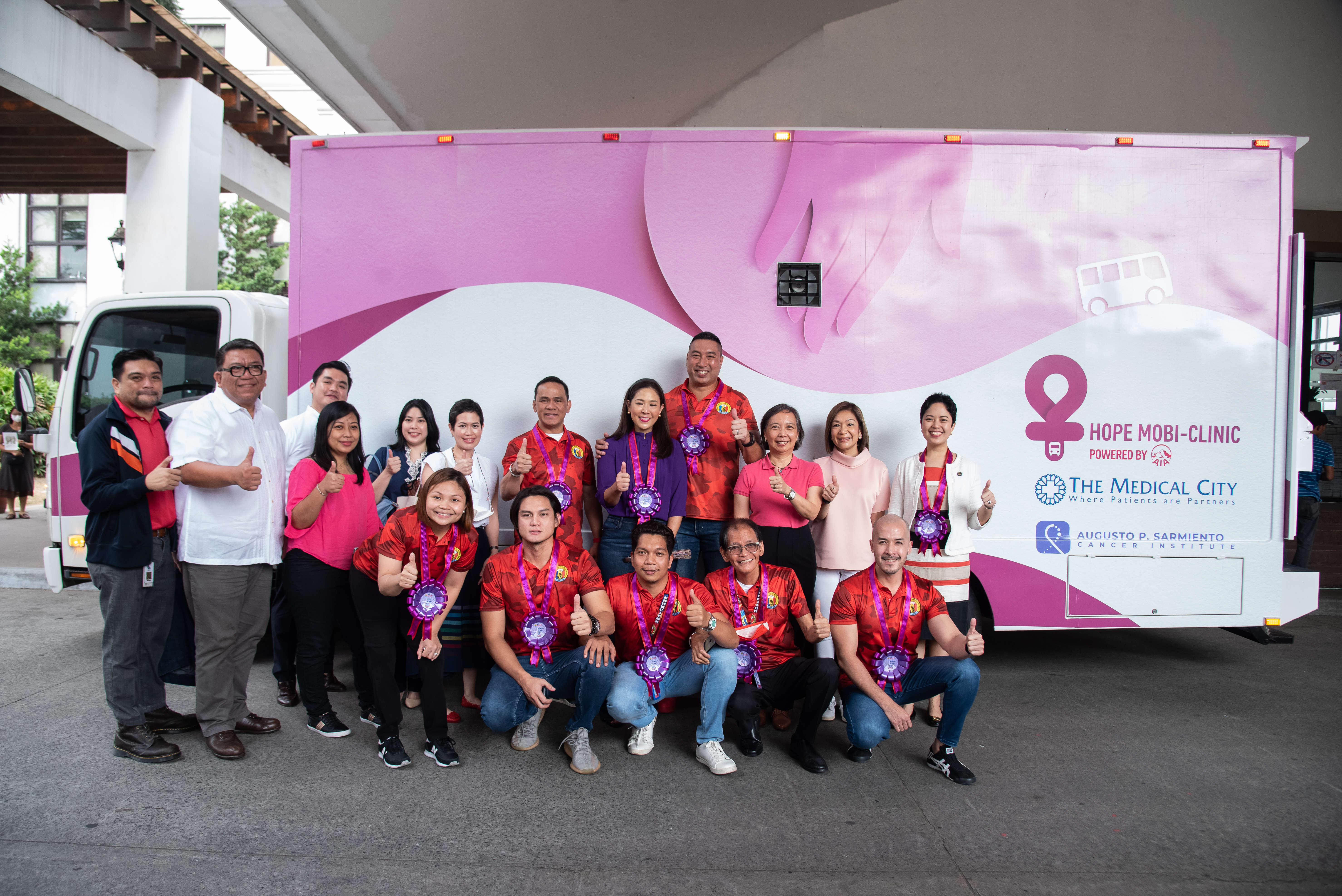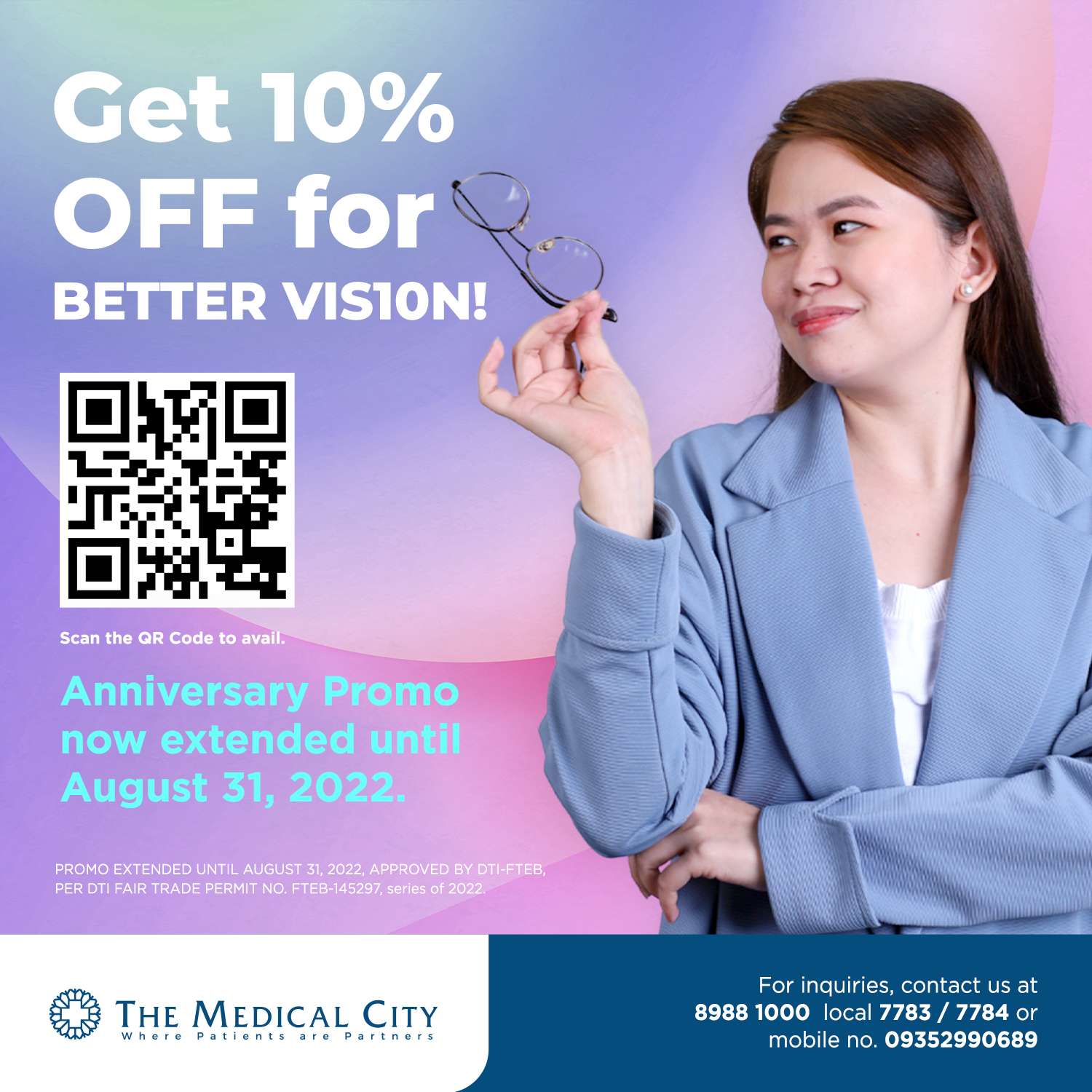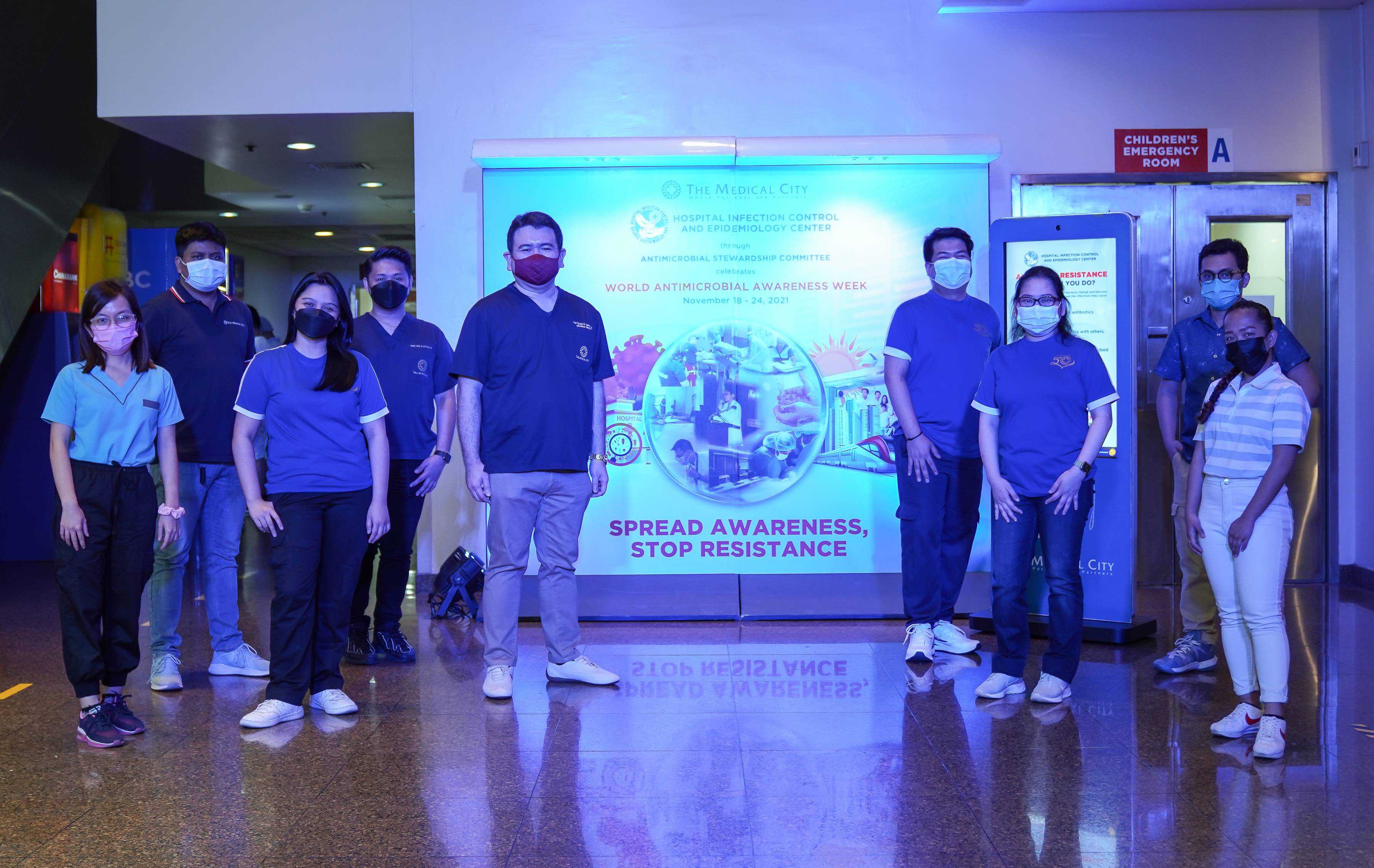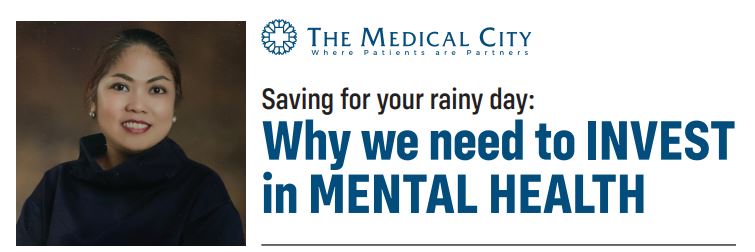COVID-19 Online Screening Tool: Answer on your smartphones or computers within 24 hours prior to your visit to The Medical City.
Cutting Edge Neurosurgery at The Medical City
By Dr. Jerold Justo, | September 18, 2020

The Department of Neurosurgery at the Medical City under the Institute of Neurological Sciences headed by Director Dr. Louie Racelis, is home to cutting edge neurosurgical procedures made possible by its diverse team of experts in the field and the latest available technologies.
The Department of Neurosurgery at the Medical City under the Institute of Neurological Sciences headed by Director Dr. Louie Racelis, is home to cutting edge neurosurgical procedures made possible by its diverse team of experts in the field and the latest available technologies. The combination of these two core components aids the practice of good neurosurgery at our institution. The neurosurgical team headed by Dr. Michael Sabalza was able to perform state-of-the-art procedures with the help of Dr. Guillermo Liabres, visiting Cerebrovascular consultant, alongside Neurosurgery residents Dr. Marinelle Castro, Dr. Jerold Justo, Dr. Avegail Uy and Dr, Alma Corazon De la Cruz on patients with complicated cerebrovascular lesions.

An STA-MCA (Superficial Temporal Artery - Middle Cerebral Artery) bypass procedure was performed for a previous stroke patient - A 55 year old male patient at risk of developing secondary strokes because of a block in the carotid arteries which are a major blood supply in the brain. The bypass procedure was done by connecting an artery outside the skull and into an artery inside the brain to supplement the blood flow that is already lacking that puts the patient at risk for strokes in the future.
The procedure starts with dissection of the arteries and this is made possible with the use of the Zeiss Kinevo 900 that provided great magnification and optics necessary in connecting very small blood vessels in the brain. This sophisticated microscope is a new acquisition of TMC that is the latest and newest technology in the world.
With proper skill, technique and technological guidance, we are able to sufficiently trace the blood flow coming from the superficial arteries going into the brain. A unique filter in the microscope using a dye called indocyanine green allows us to see the final product of this connection to confirm its success. Intraoperatively, we were also guided by a Doppler ultrasound which enables us to hear the strength of every pulsation of the vessels.

View of the blood vessels during infusion of indocyanine green which enables us to see blood flow and the newly reconstructed pathway going to the brain.

After the surgery, the patient did very well and was transferred to the Intensive Care Unit for further monitoring. The patient did very well post-operatively. Before his discharge, we were able to also get a CT Perfusion Exam which is an imaging in the brain confirming the patency of the new blood supply.

Before and after CT-Perfusion Exams showing blood flow on previous stroke
The Medical City alongside its Institute of the Neurological Sciences has shown that it will continue to strive to deliver the best in the field - guided by compassion and empathy to its patients and coupled with the best minds, skill, and technology to perform world-class surgeries.
Related News SEE ALL NEWS

Health
The Gift of a Second Life
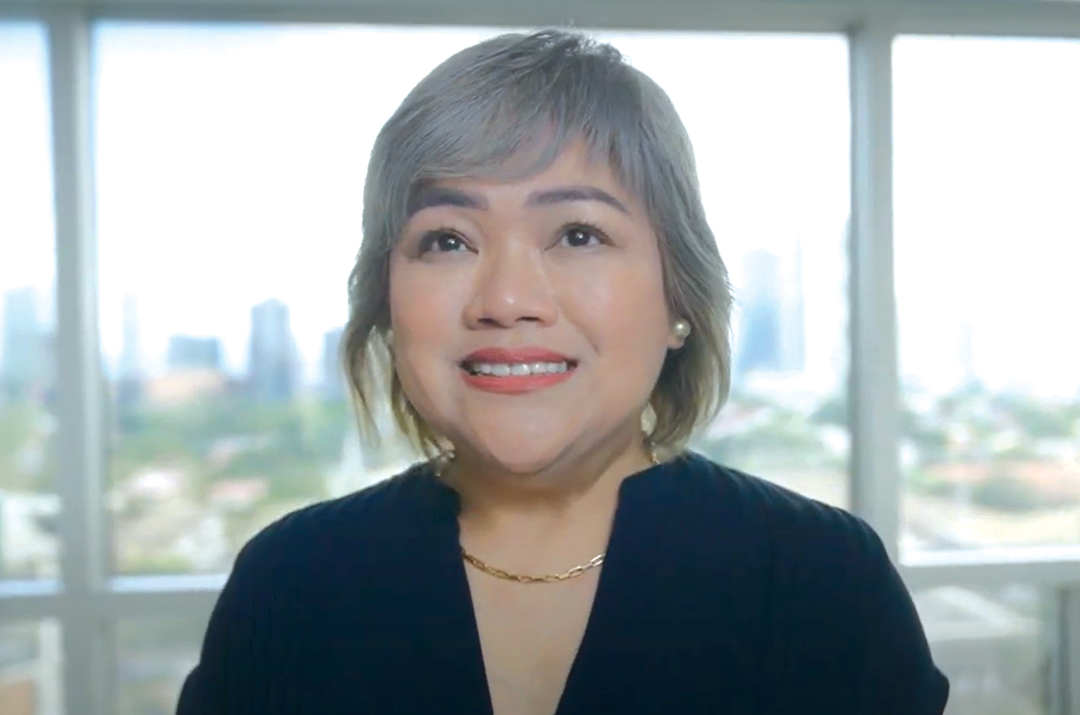
Health #MyTMCExperience Press Room
She Thought It Was Just Heartburn—It Was Actually a Heart Attack
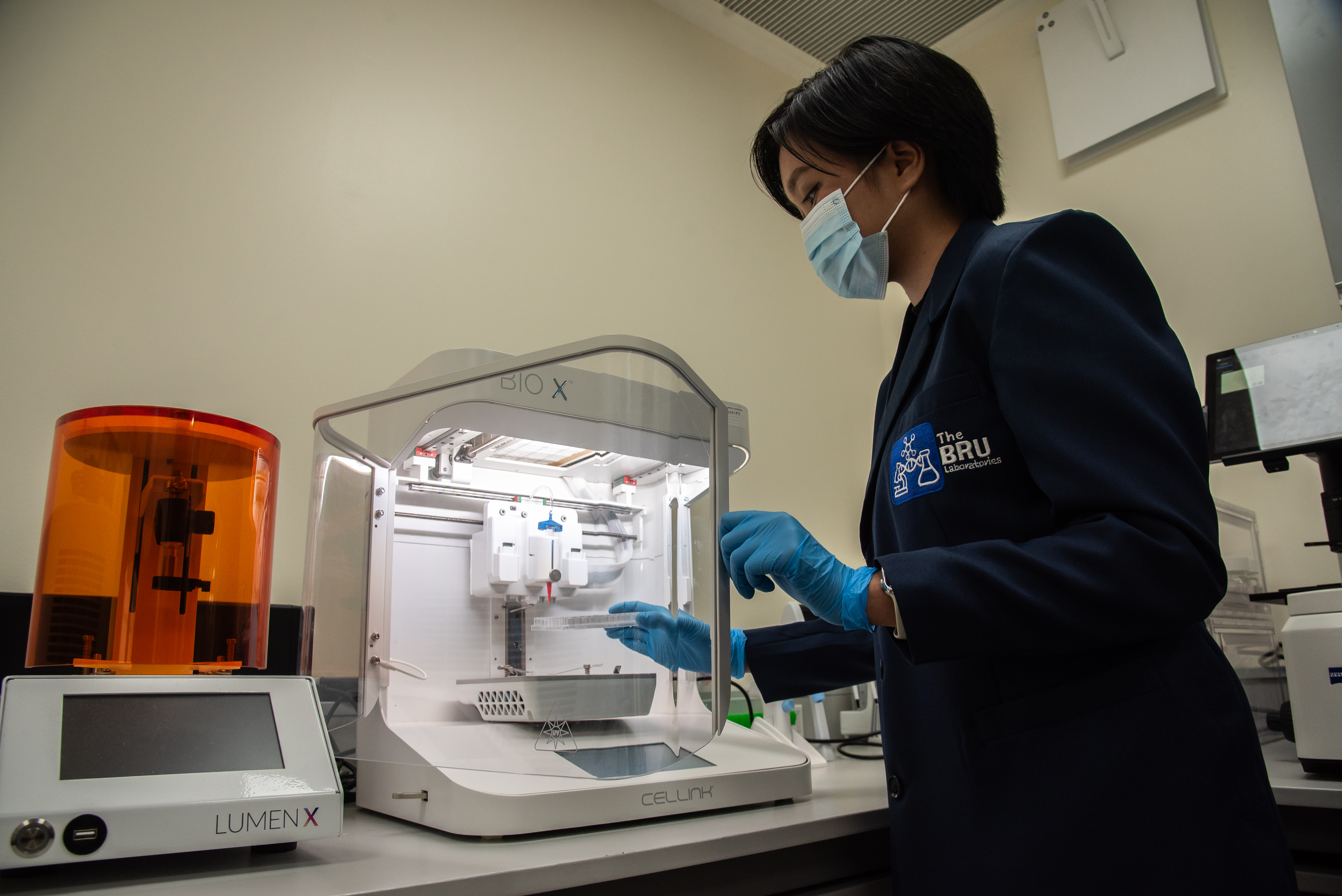
Health Research
Tissue Engineering for a Future without Organ Shortages

Health Press Room
Chikiting Ligtas: Addressing the Gap in Immunization Coverage

Health Corporate
Notice to the Shareholders of Professional Services Inc. (PSI)

Health Corporate
Notice to the Shareholders of Professional Services Inc. (PSI)

Health Corporate
Notice to the Shareholders of Professional Services, Inc. (PSI)

Health #MyTMCExperience
Friendship goals: See the world better, TOGETHER

Health #MyTMCExperience
#MyTMCexperience: Rod Cruz

Health TeleHealth COVID-19
Back to Health, Back to the City

Health Corporate Advisories
Notice of Annual Meeting of Stockholders

Health Corporate
Pedalling through Safety

Health
Diabetes and COVID-19

Health
FAQs on Patient Portal

Health
2021 Holy Week Schedule

Health
How serious is fatty liver?
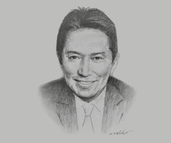
Health Desk of the President
Oxford Business Group: The Report 2021 - Addressing the Gaps

Health TeleHealth
Need an advice from an Orthopedic Specialist?

Health
Welcome 2021 in good health
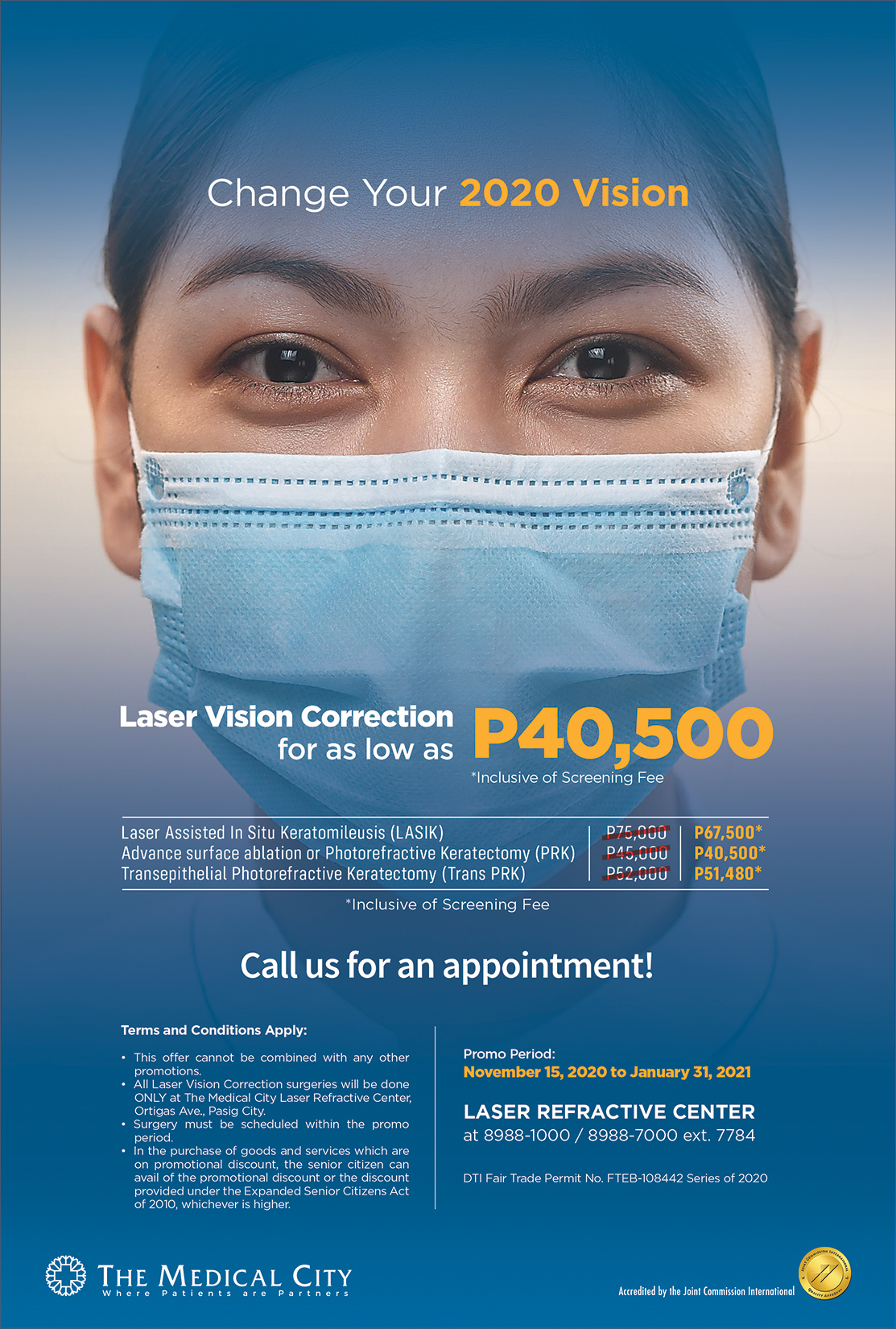
Health
Change Your 2020 Vision

Health COVID-19
Convalescent Plasma Donation for COVID–19 Survivors

Health
FAQs on TMC Drive-thru Lab

Health
Be in and out in 90 minutes

Health
Schooling in the New Normal

Health
TMC Lab on Wheels

Health
Autism

Health
Eye Health in Computer Work

Health
Speech Delay
Copyright © 2020 The Medical City. All rights reserved.

